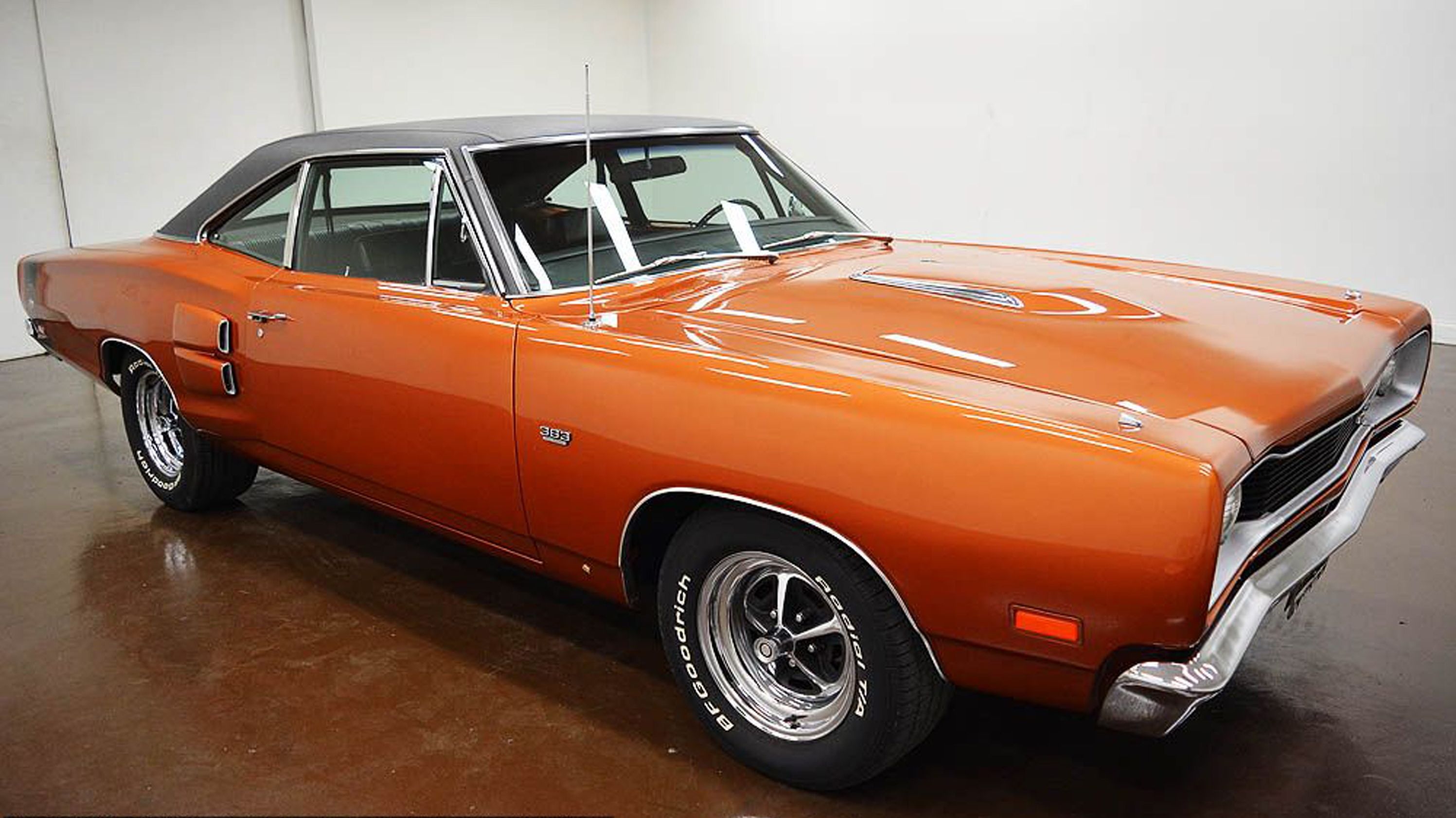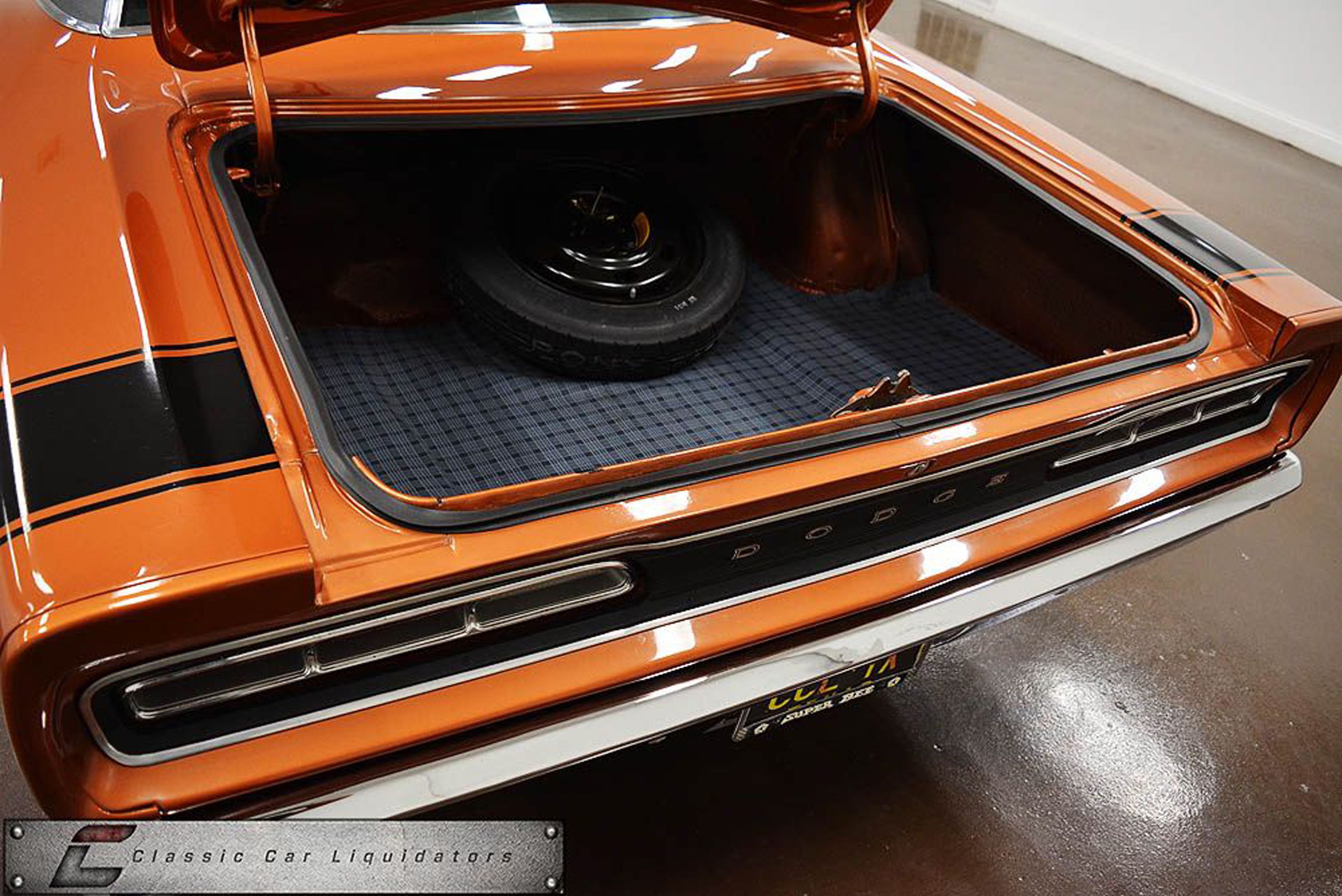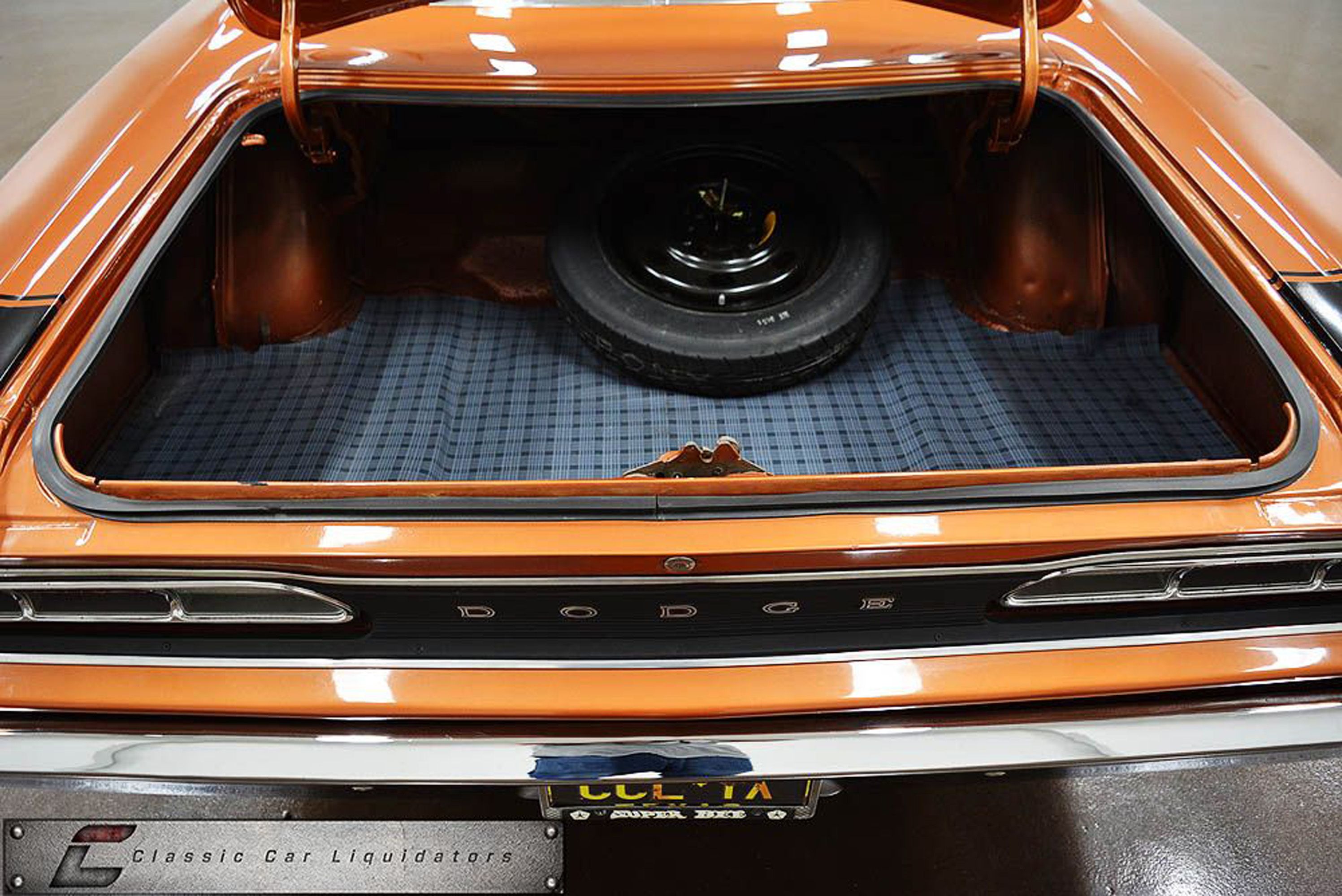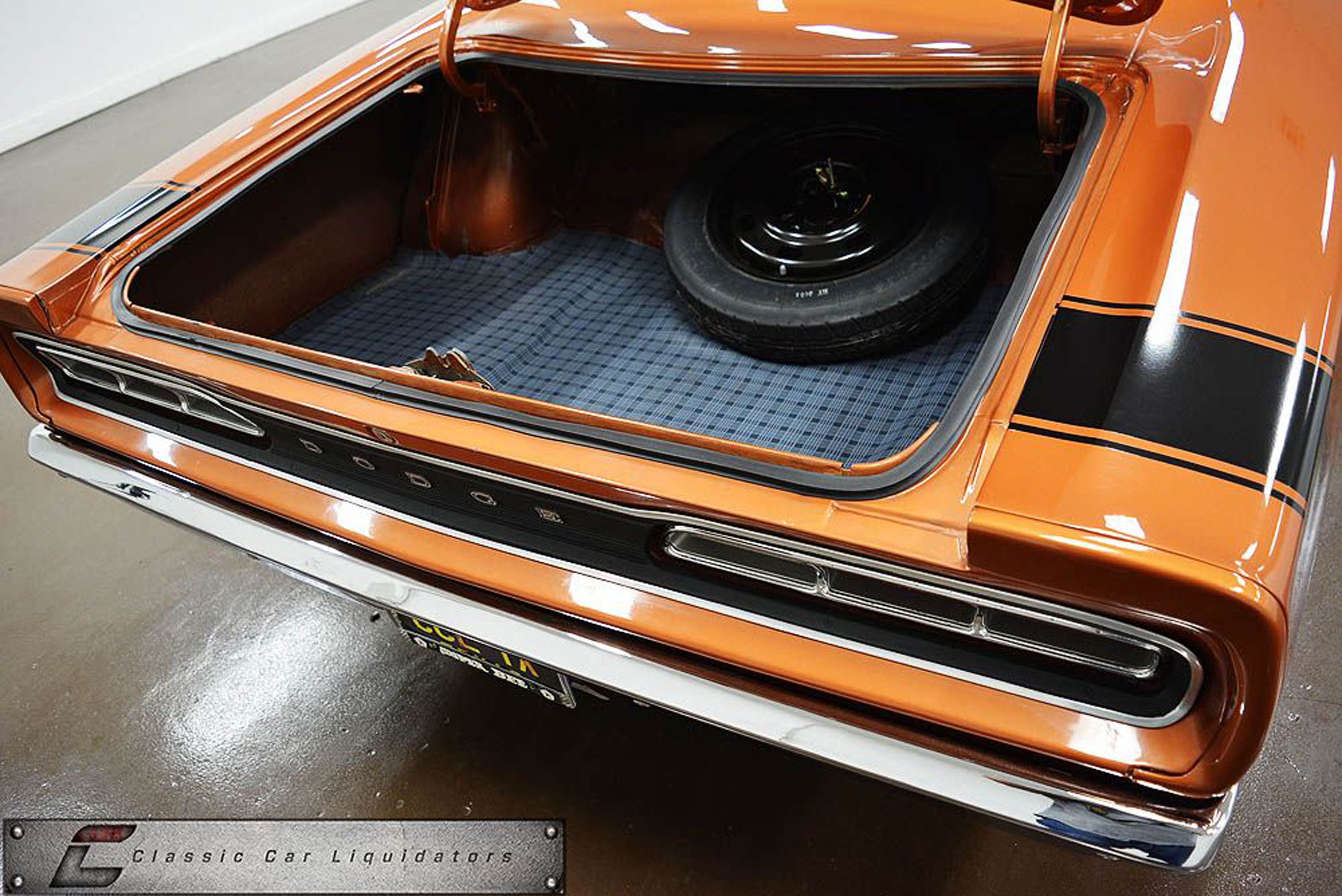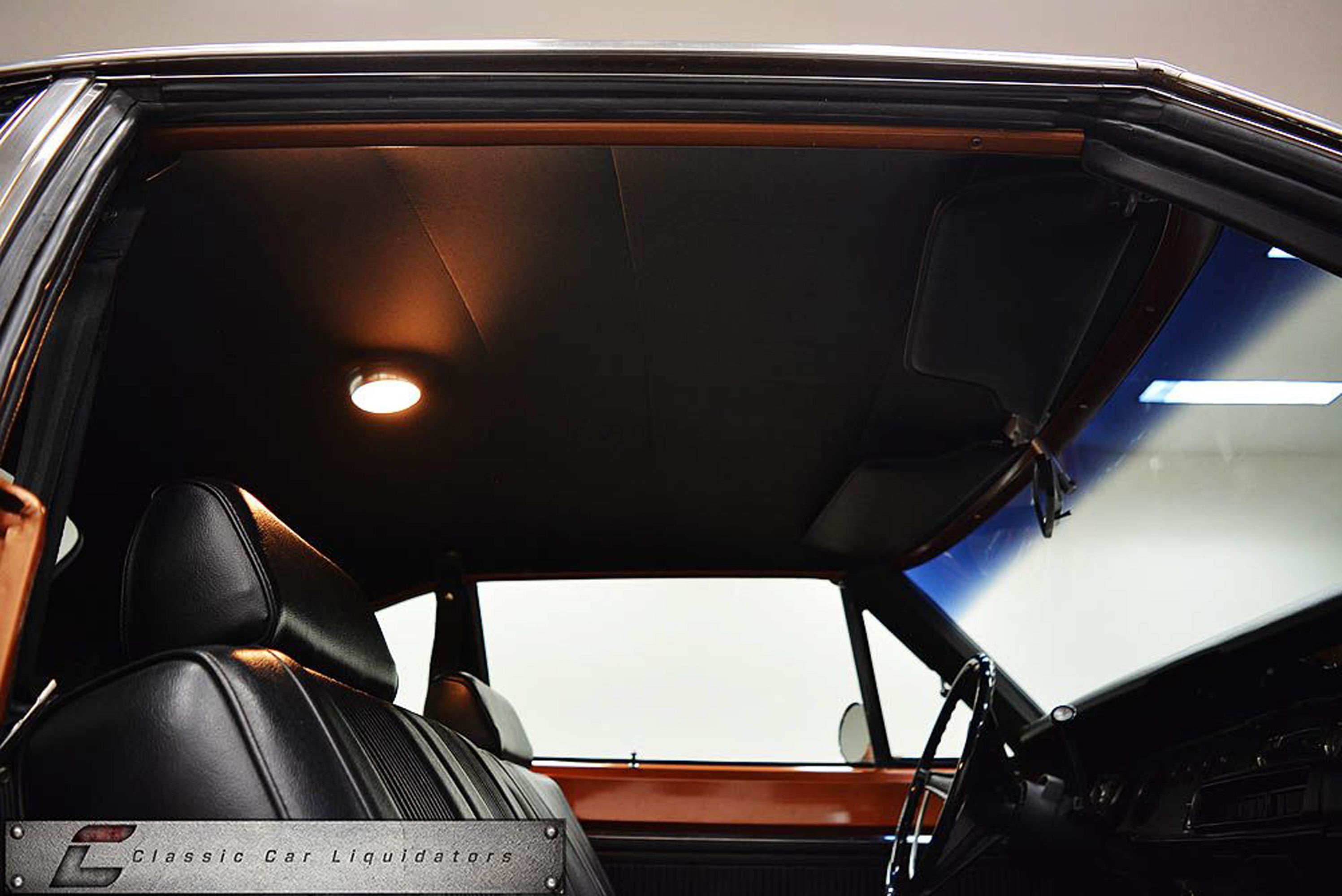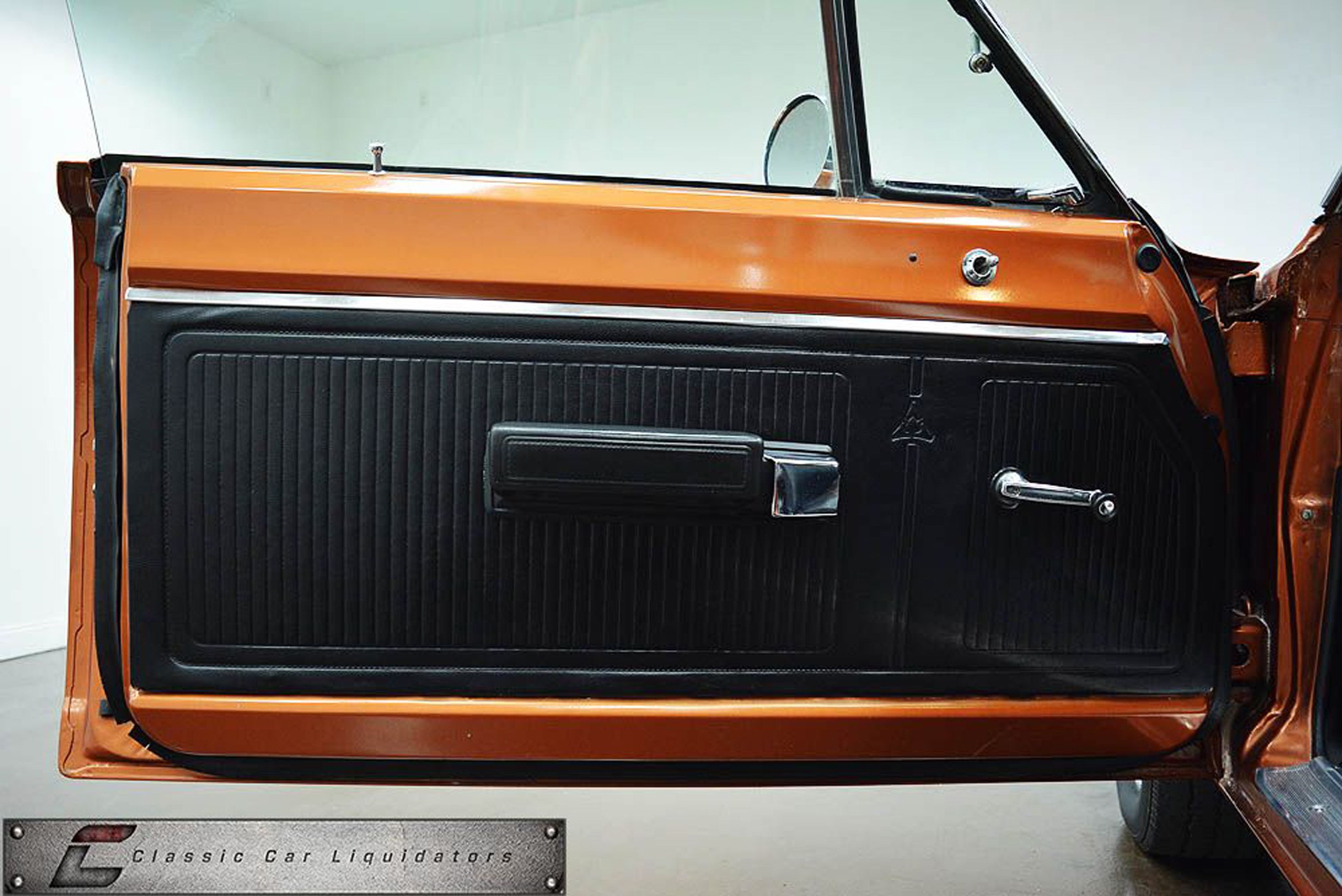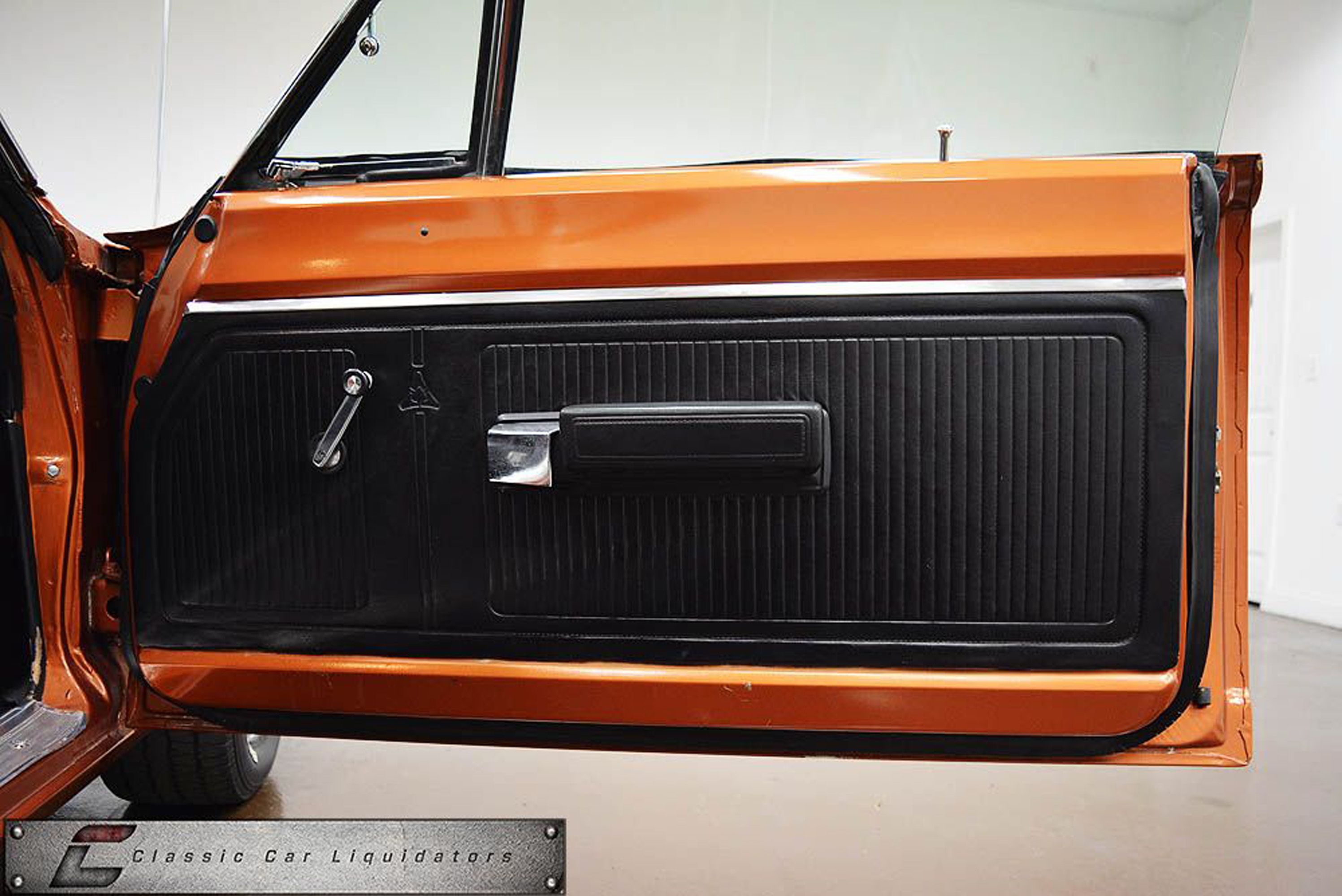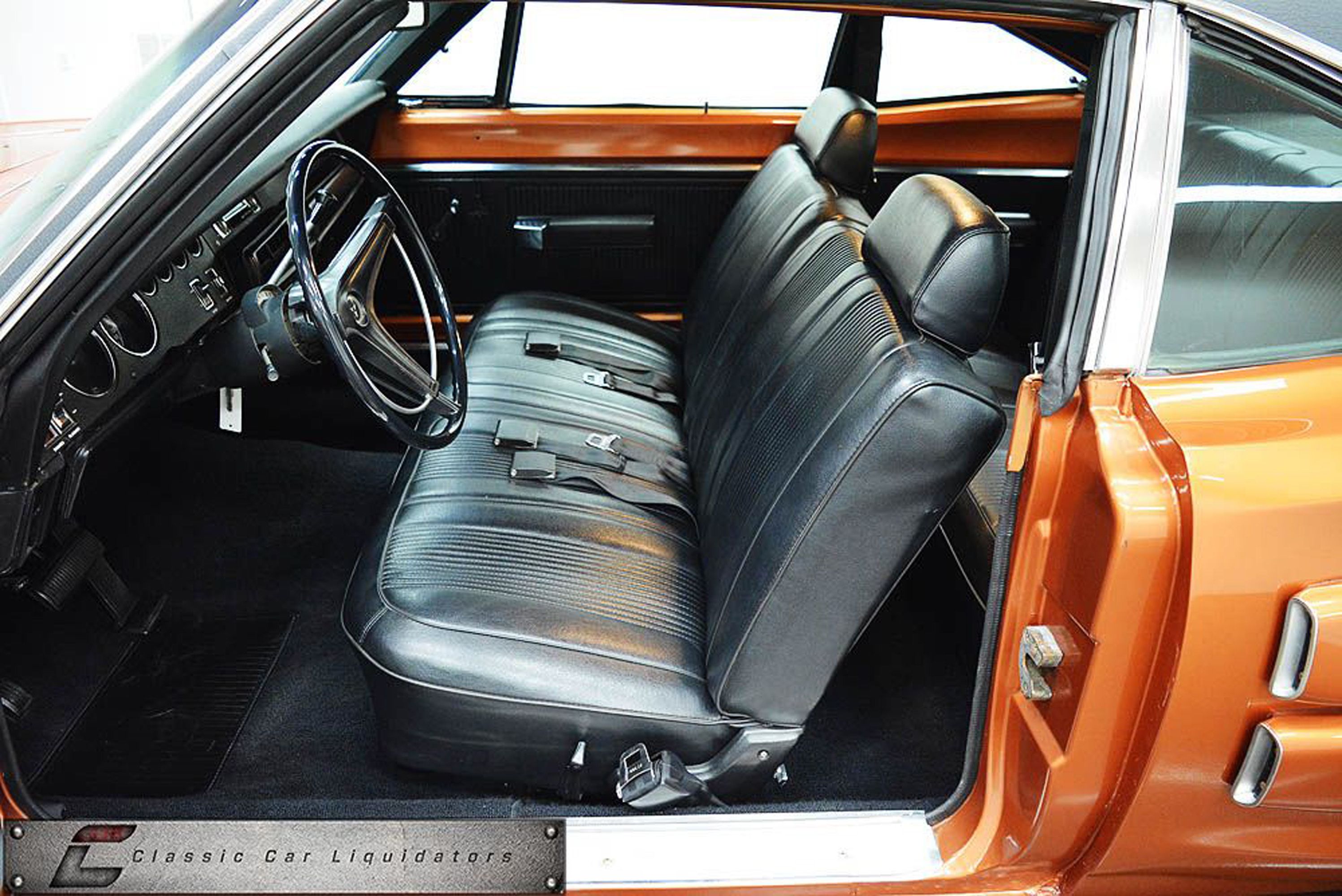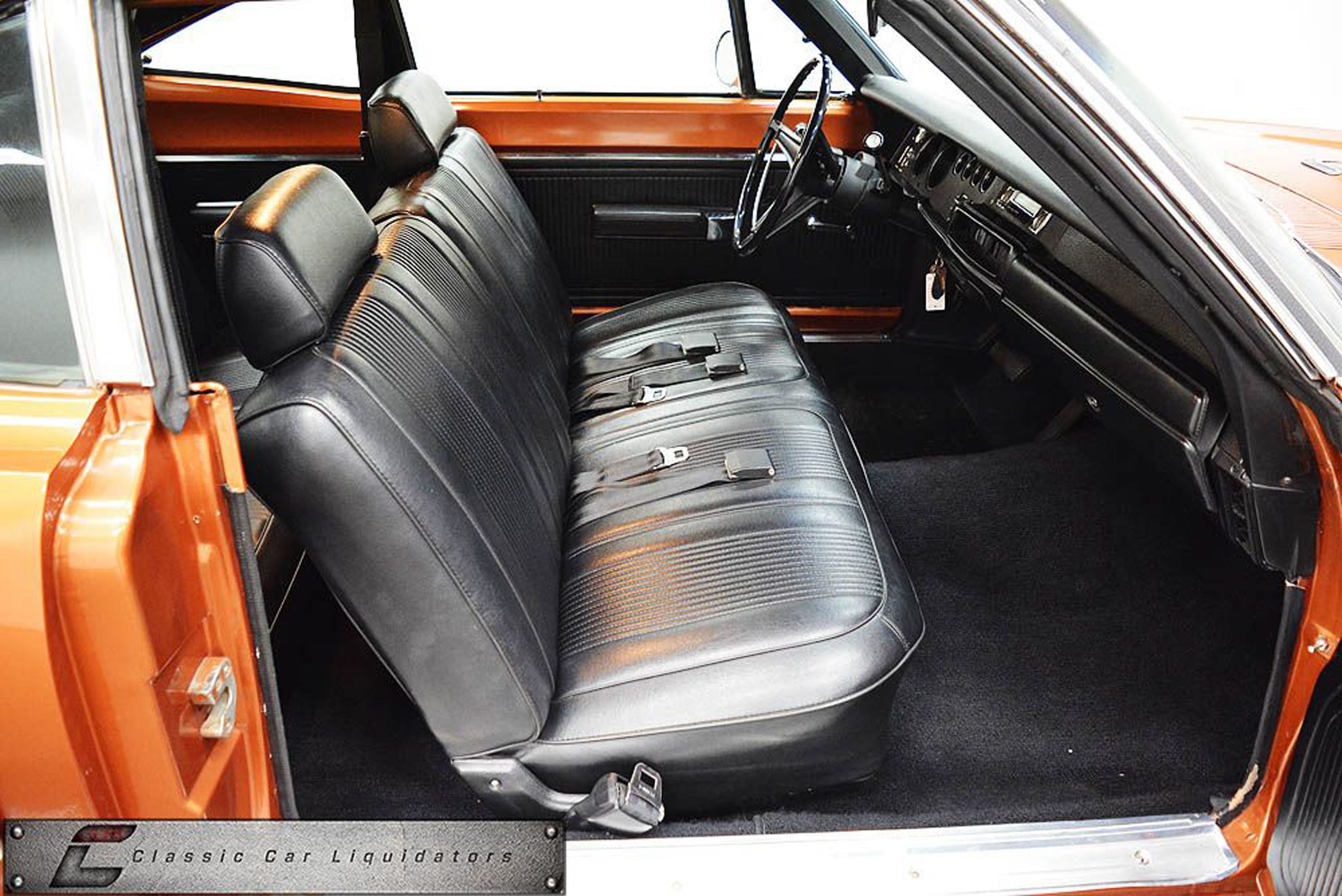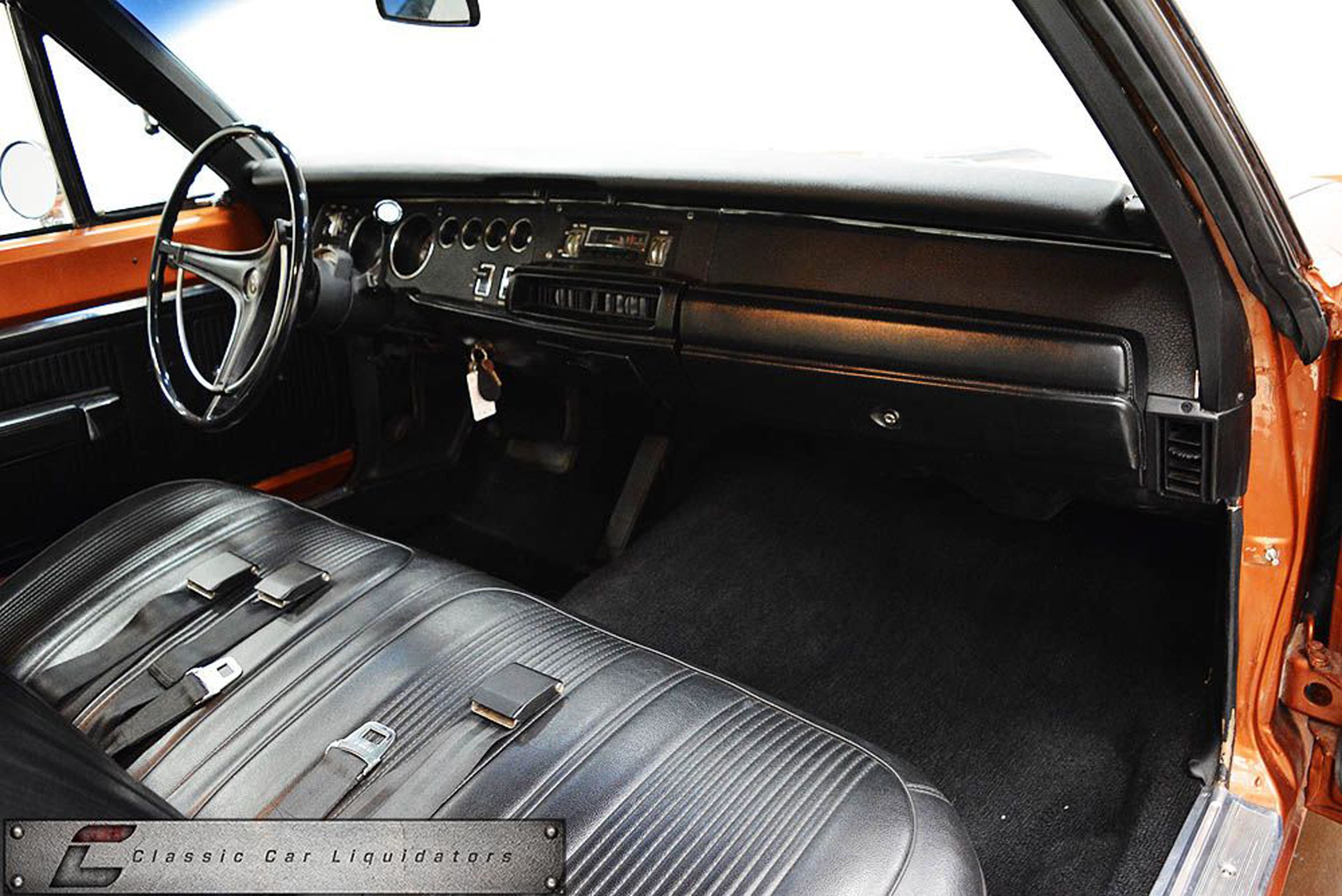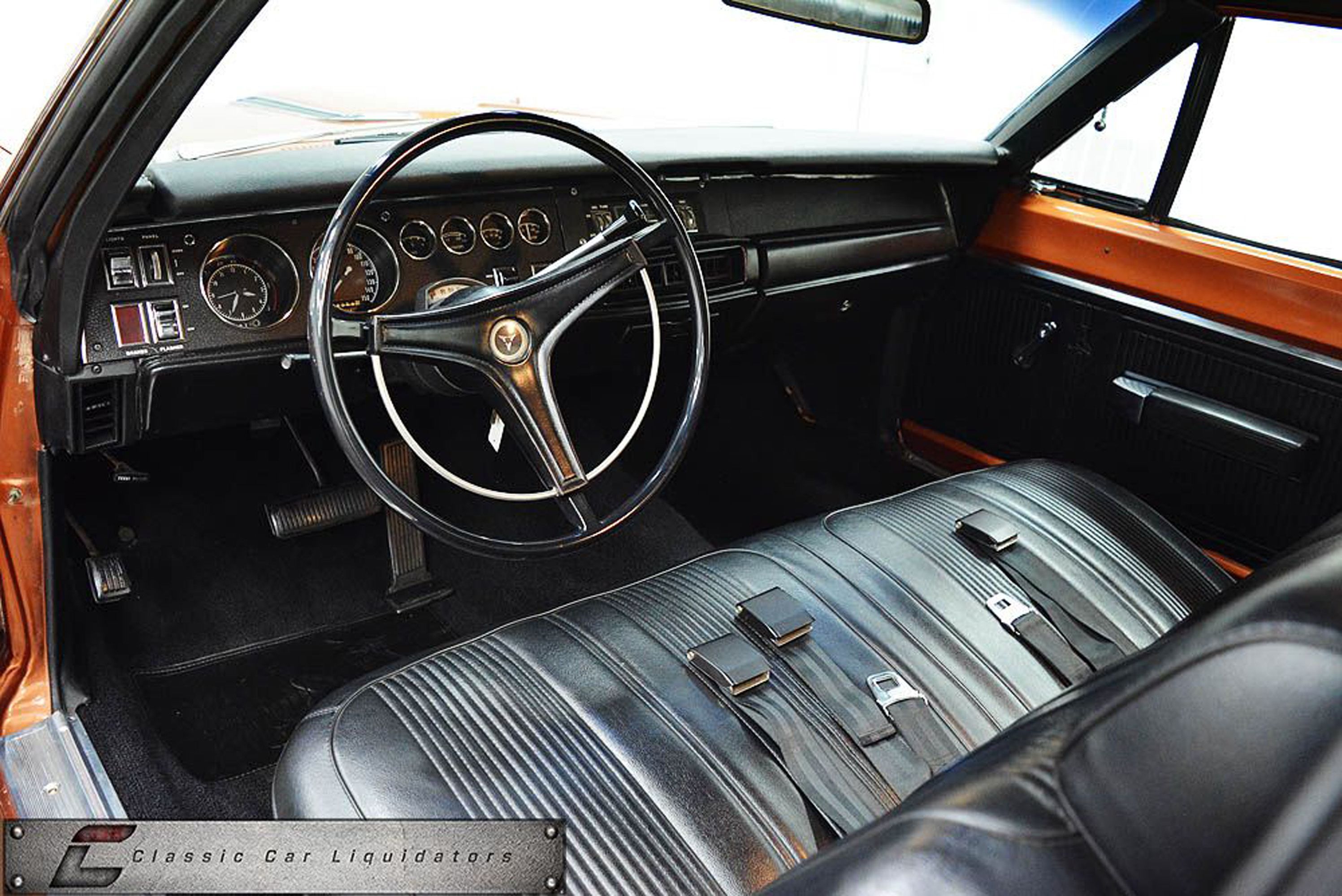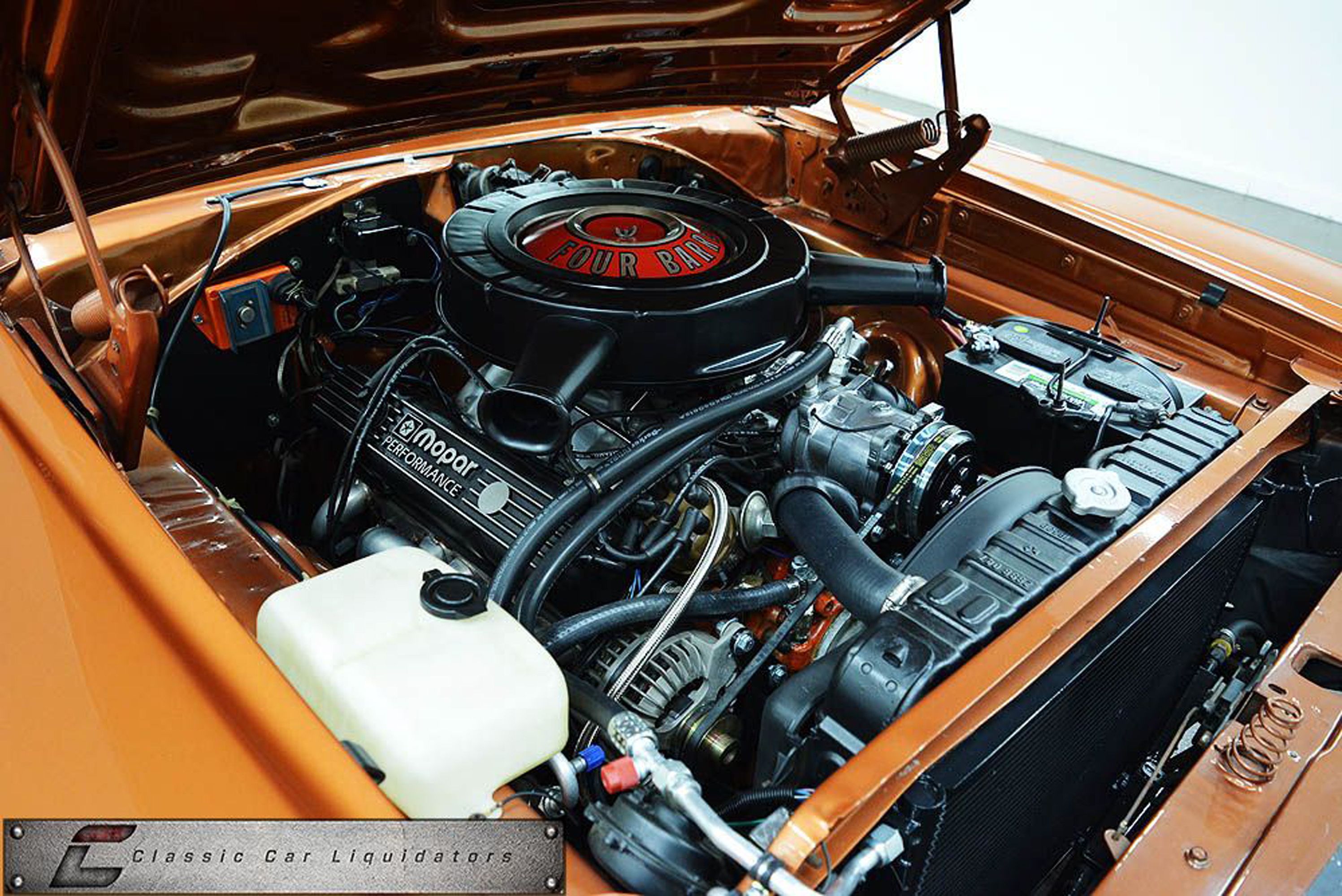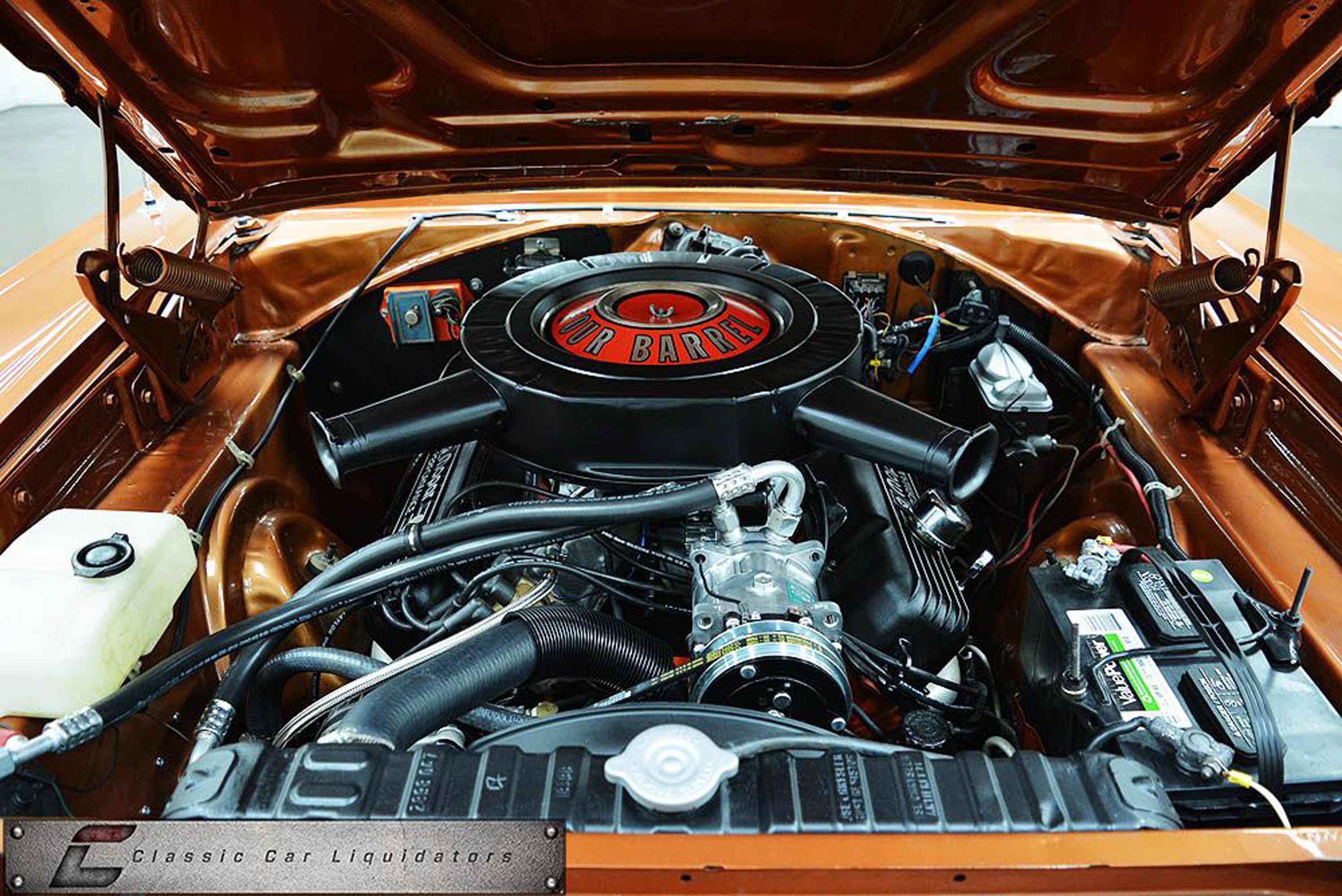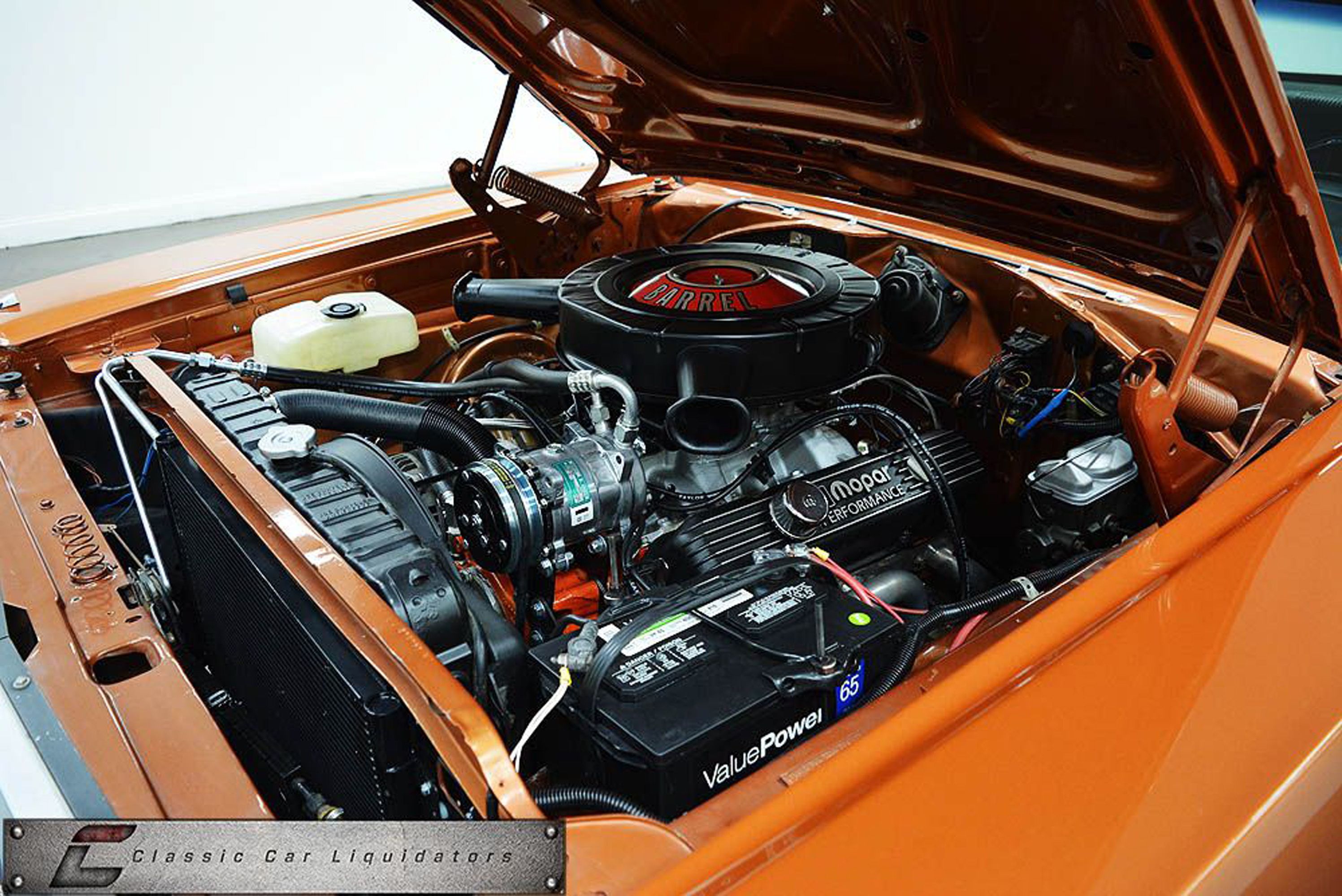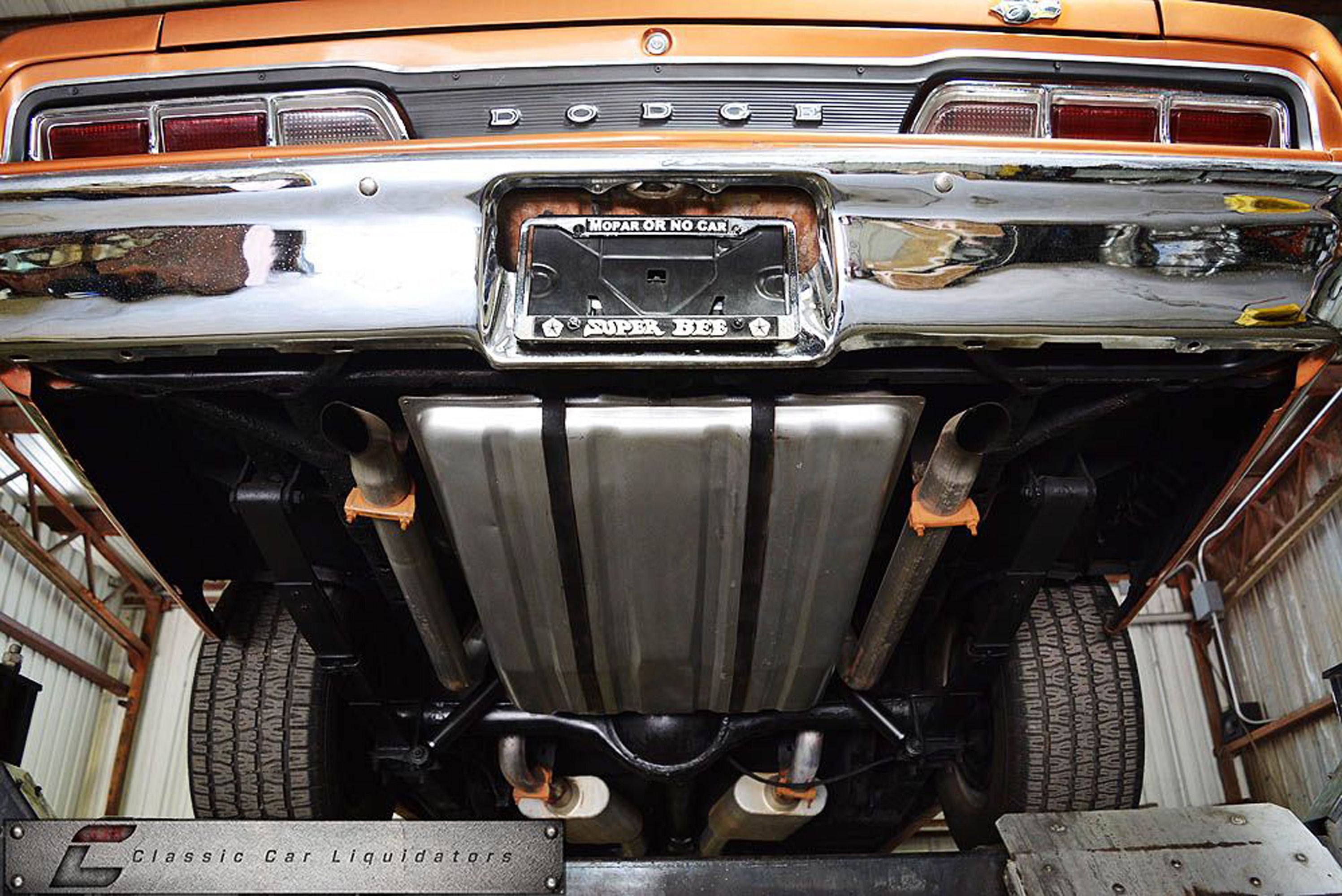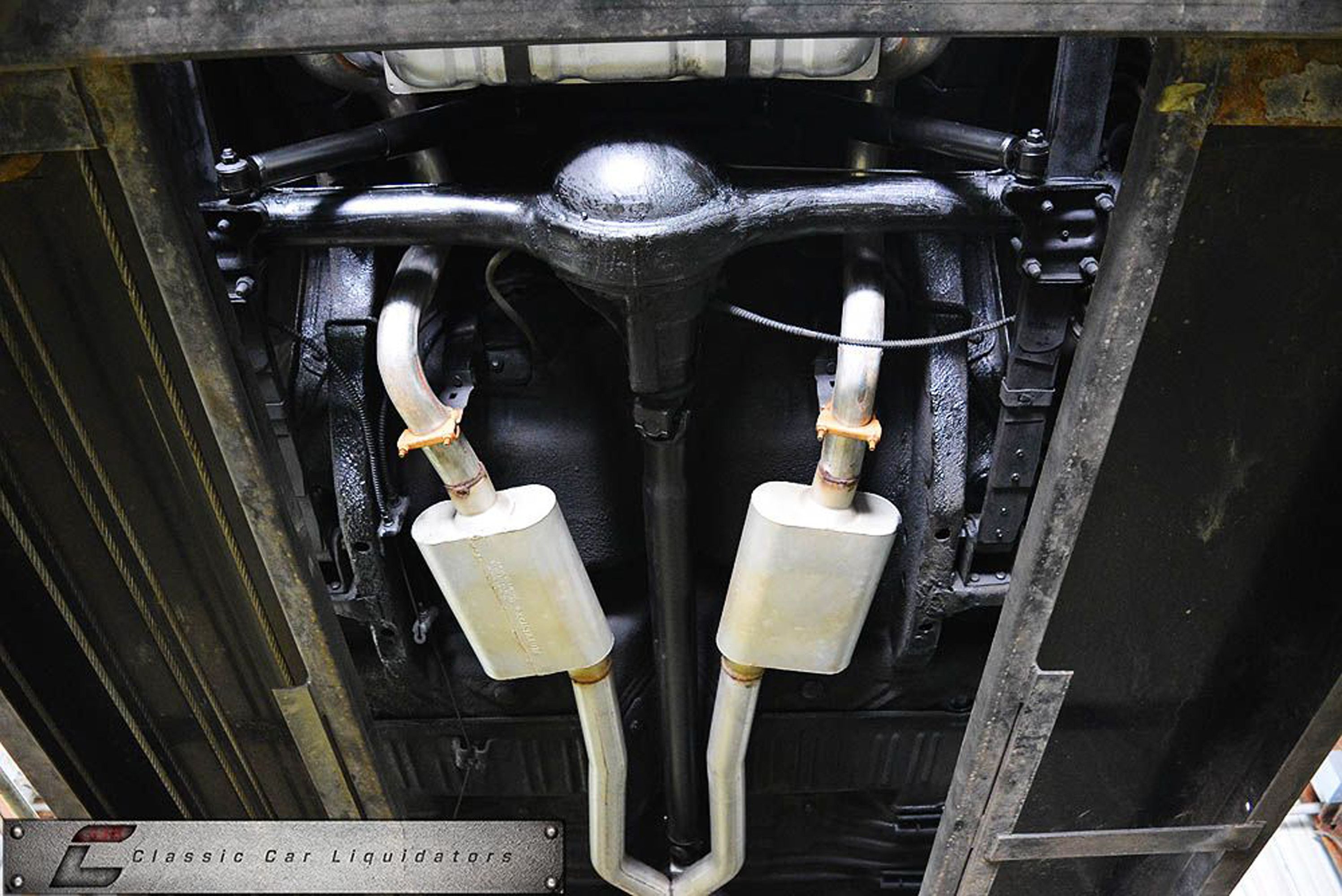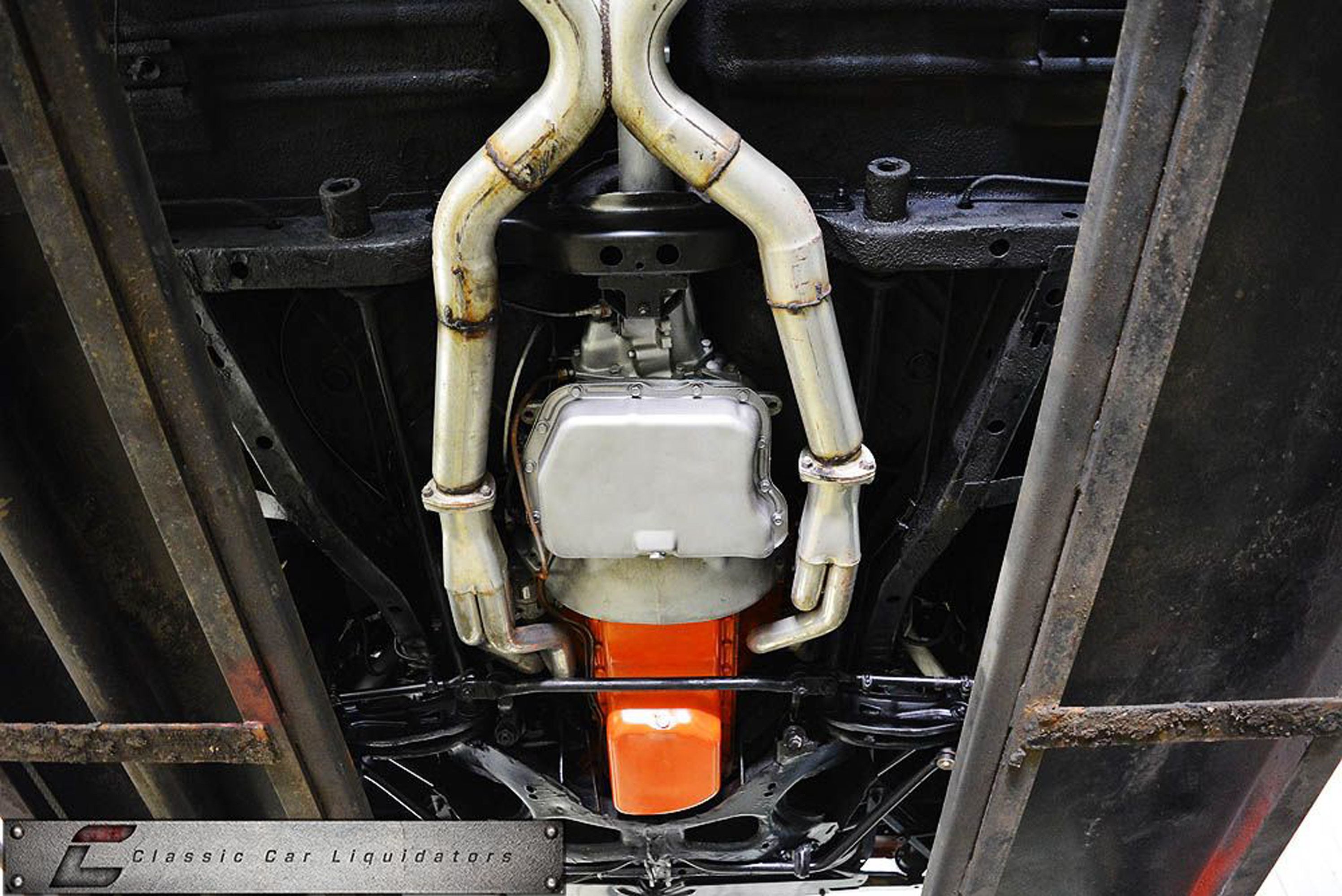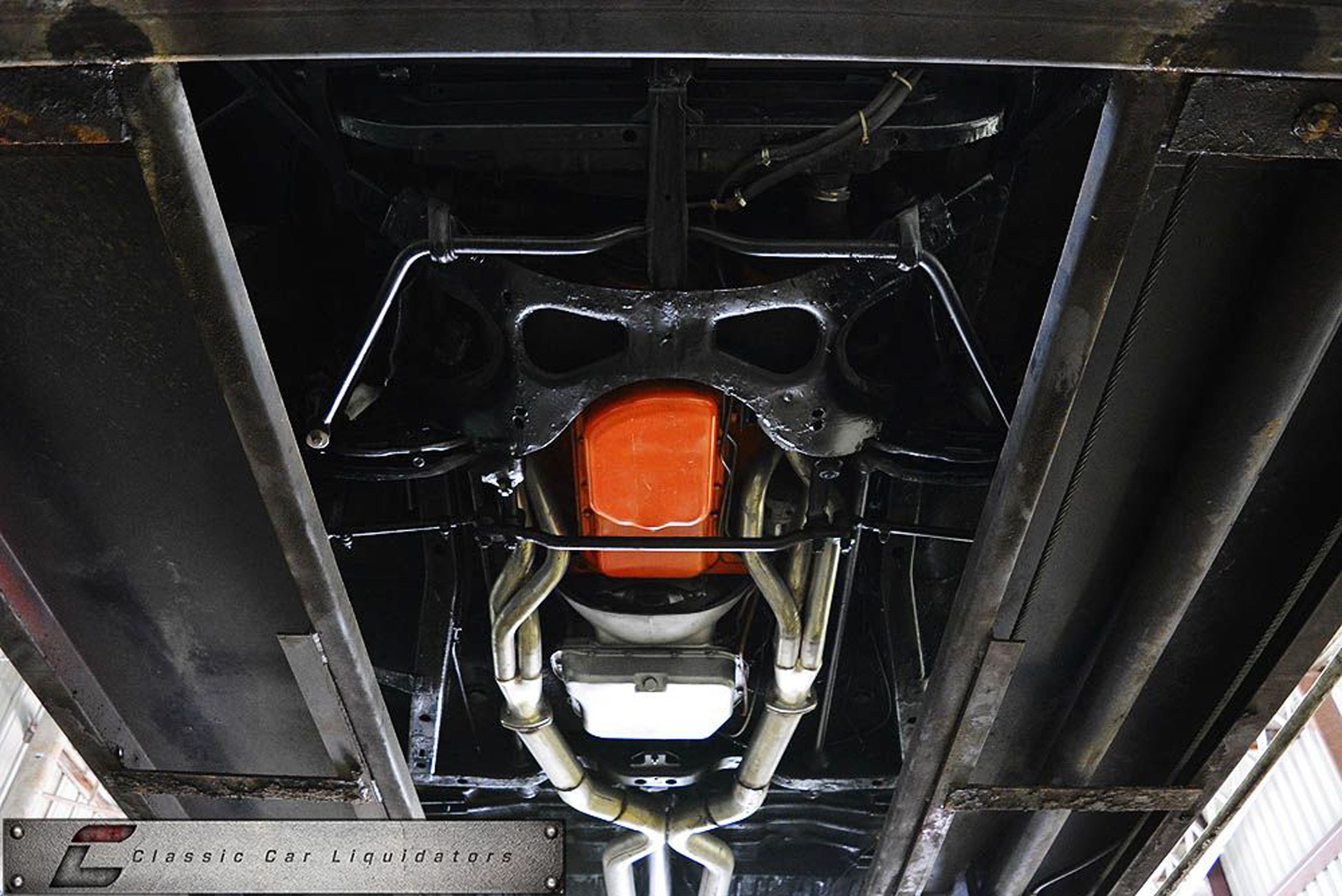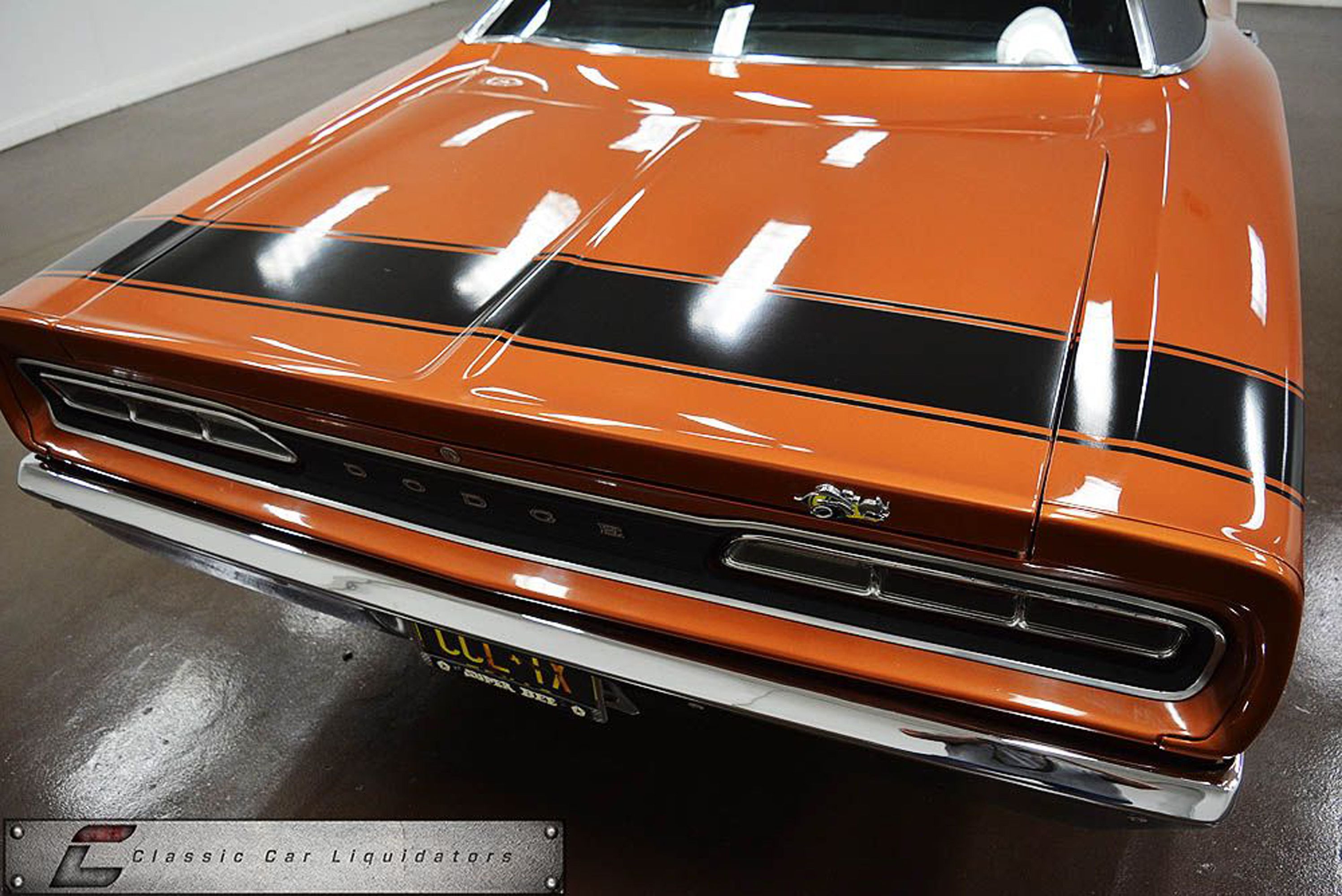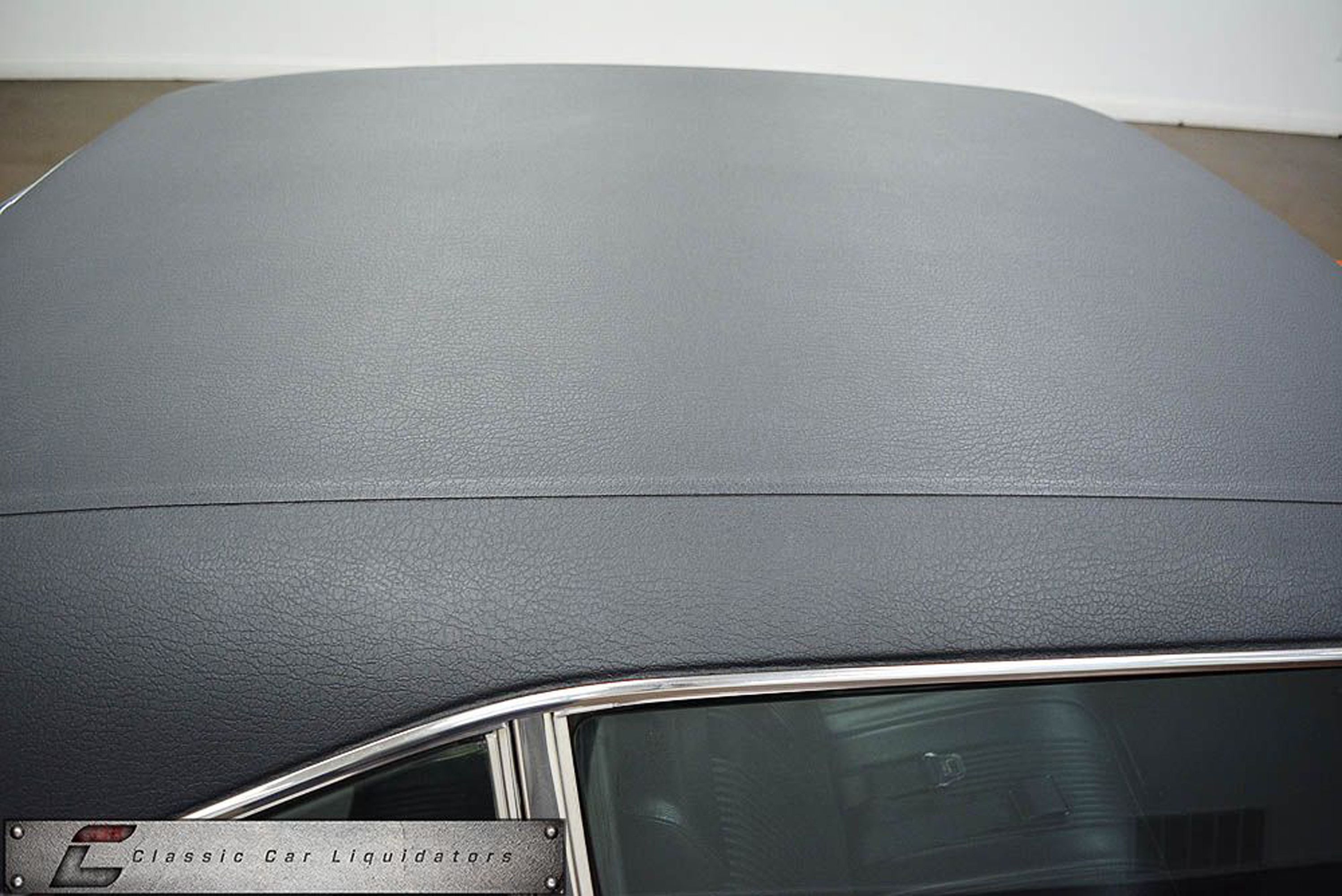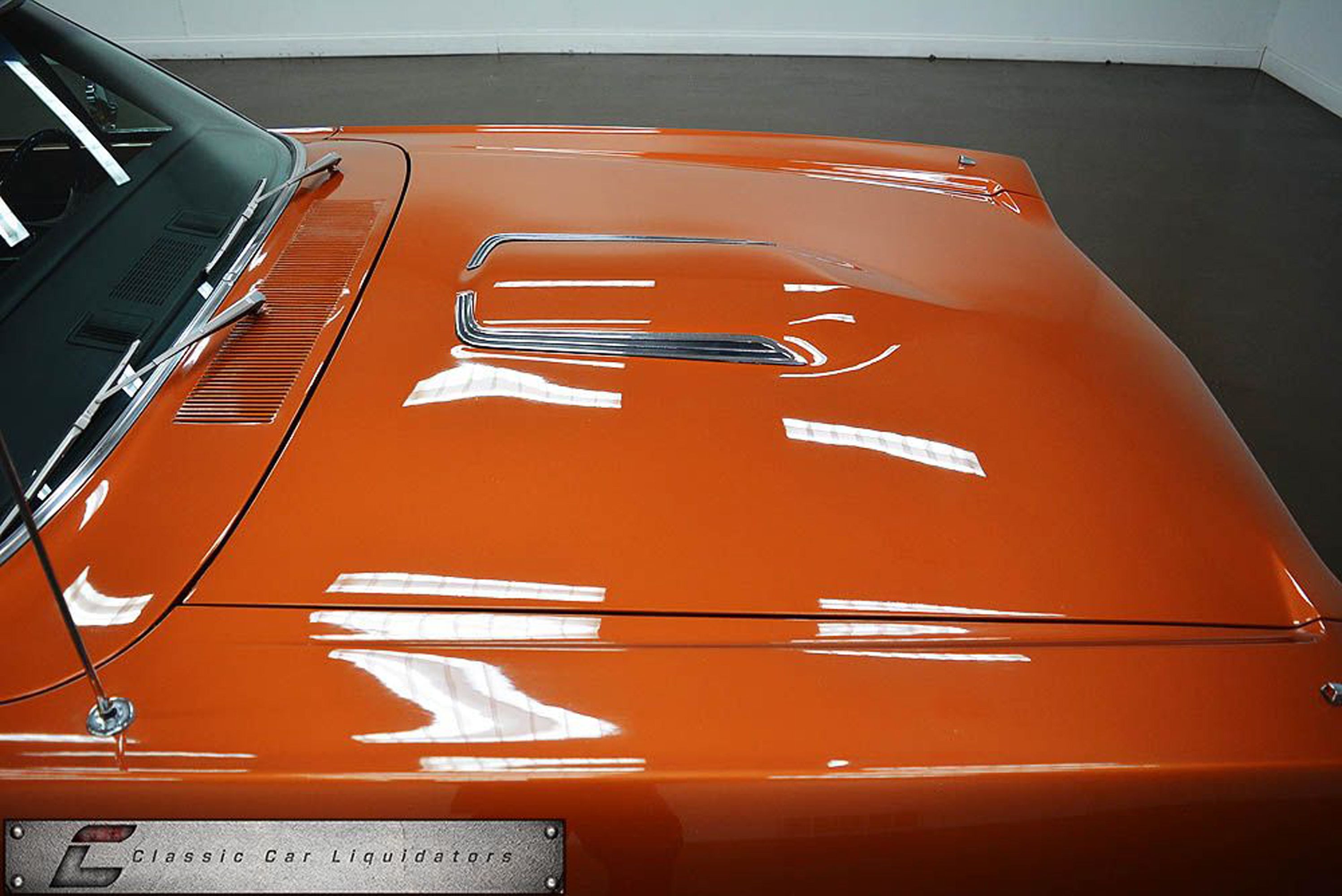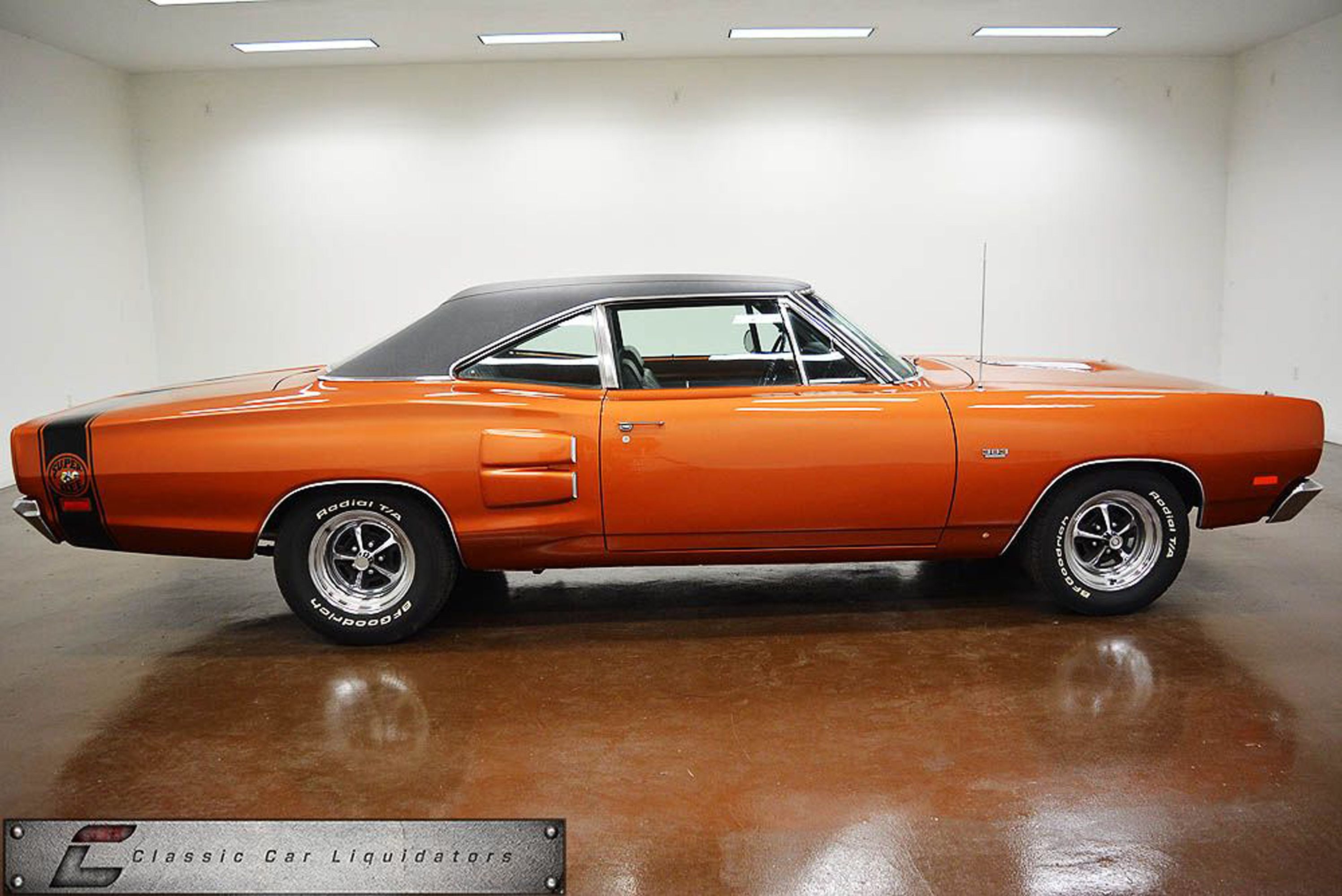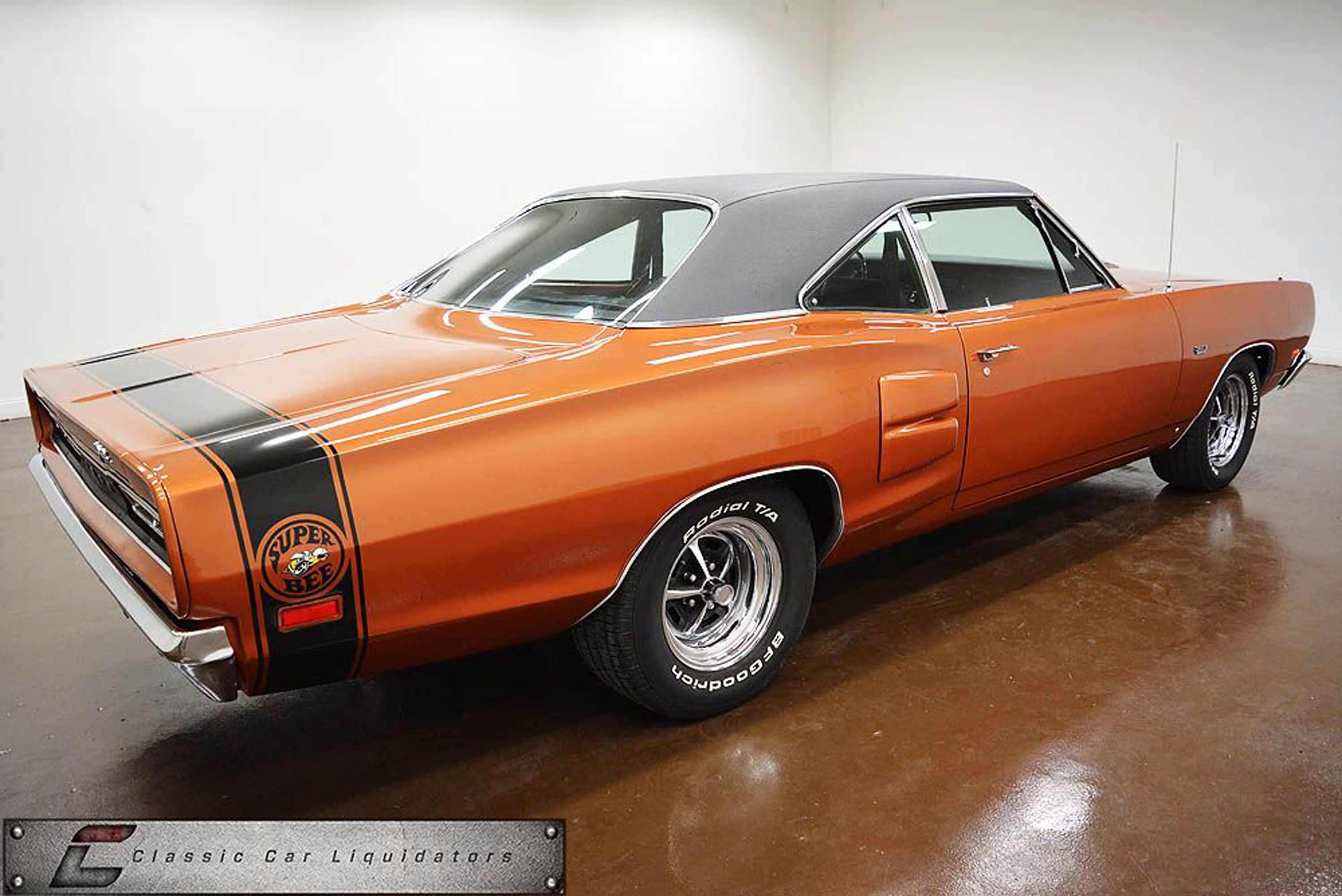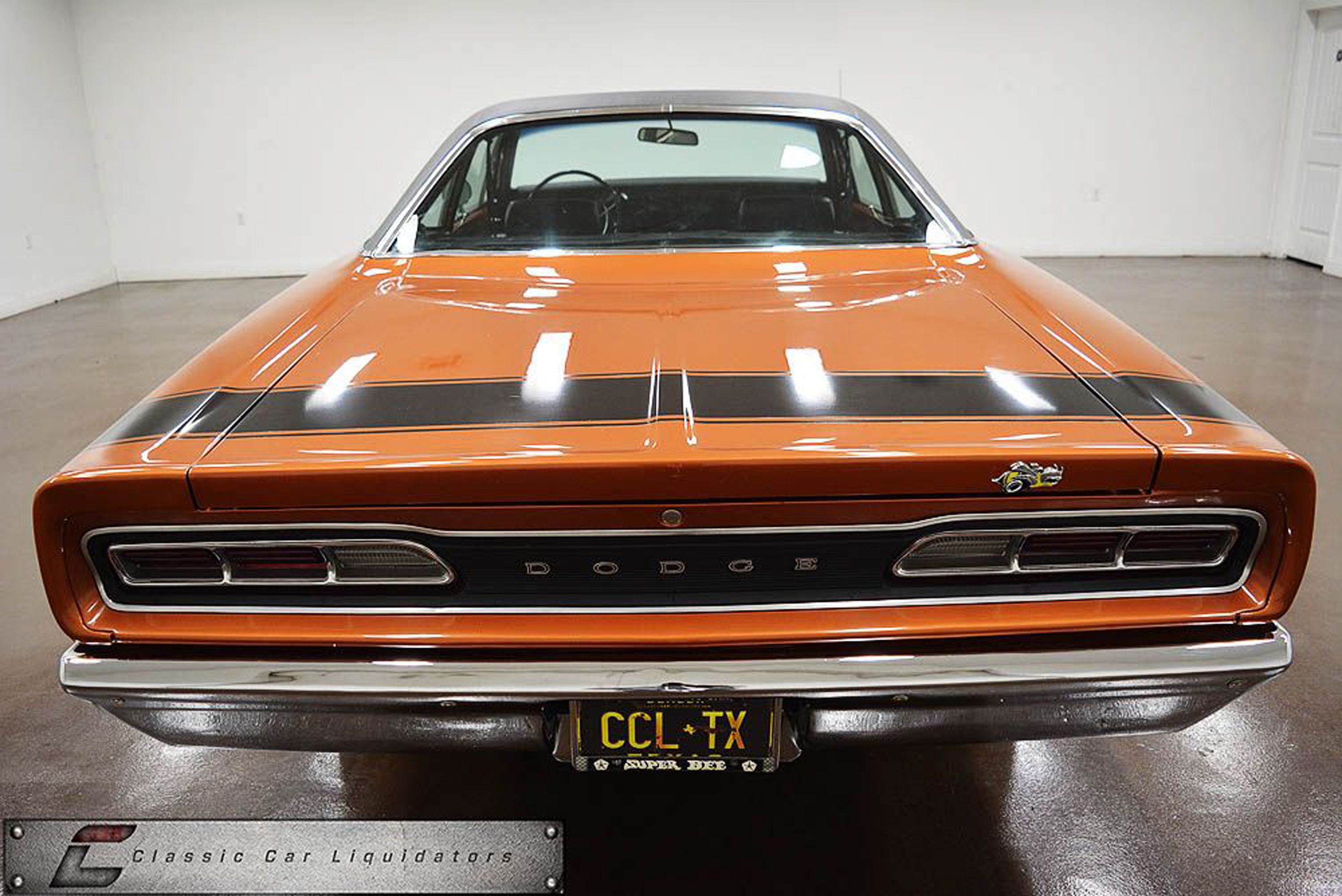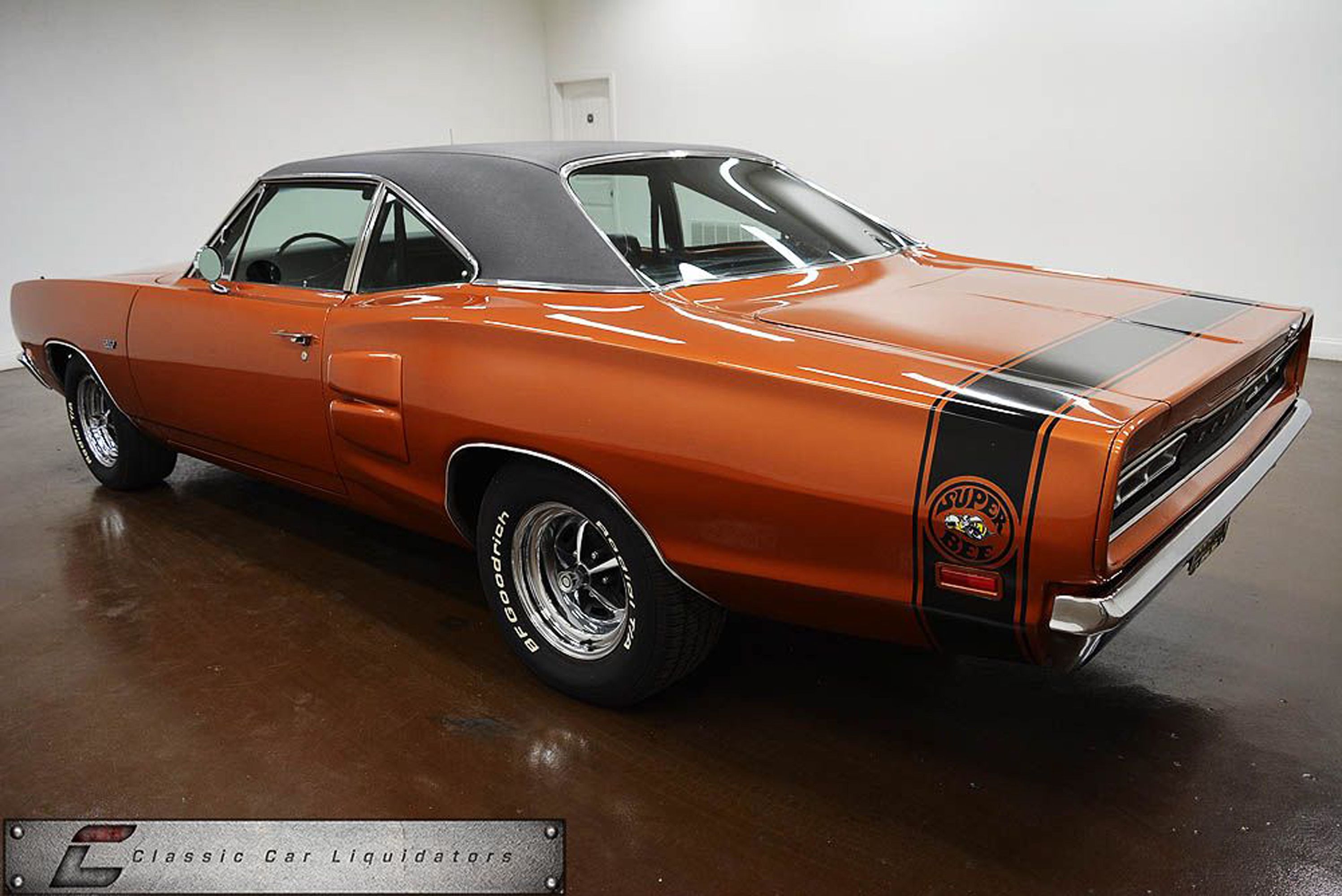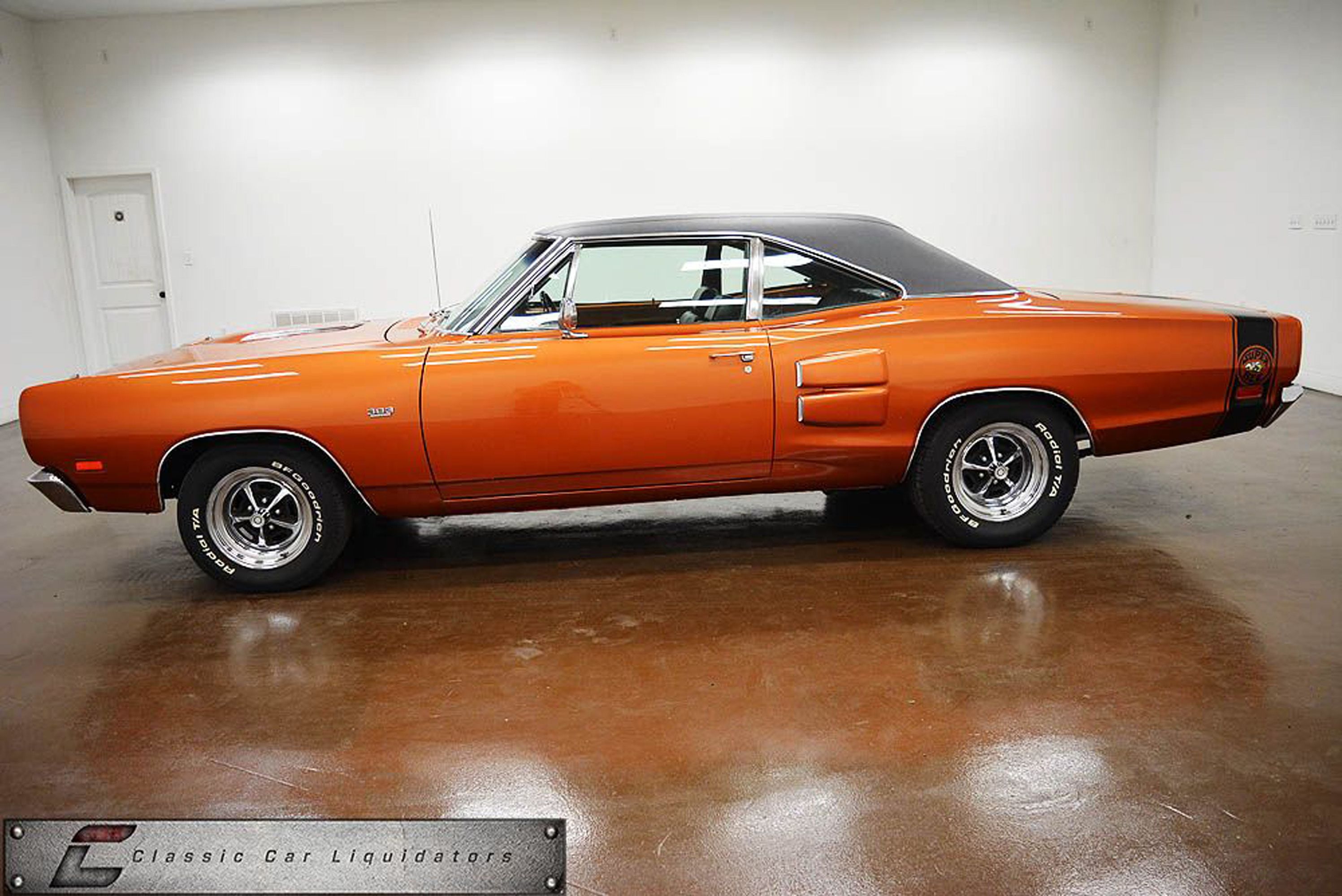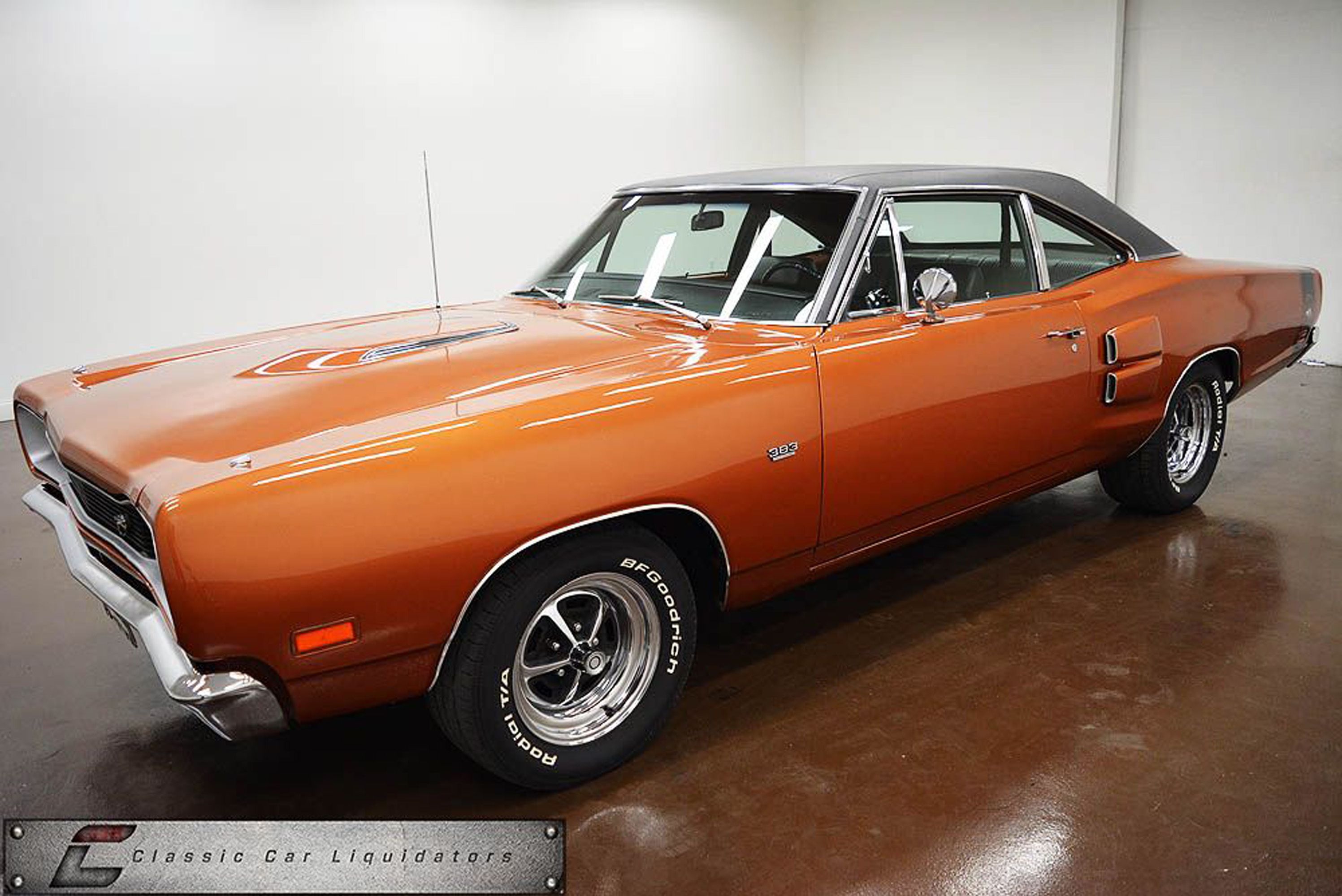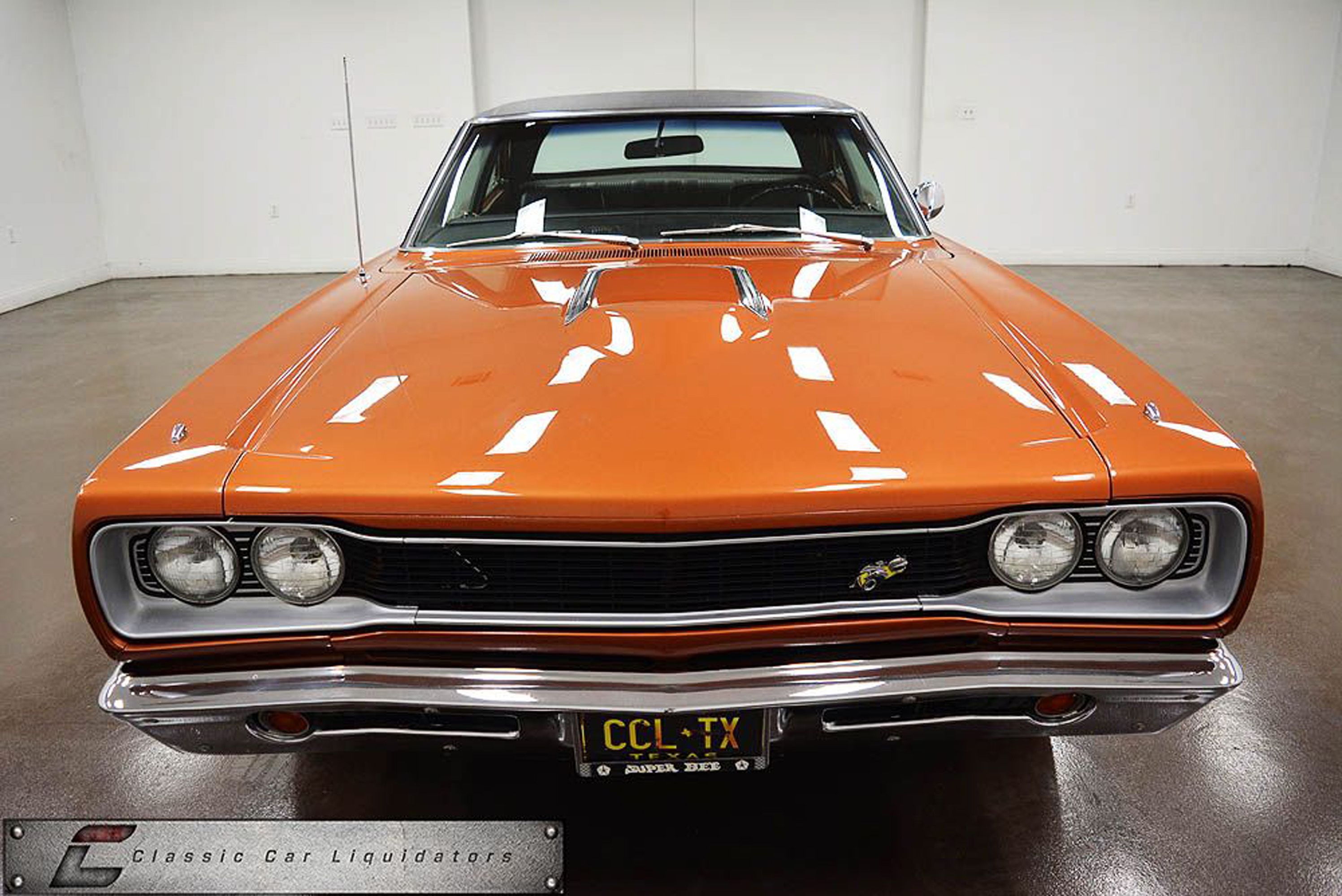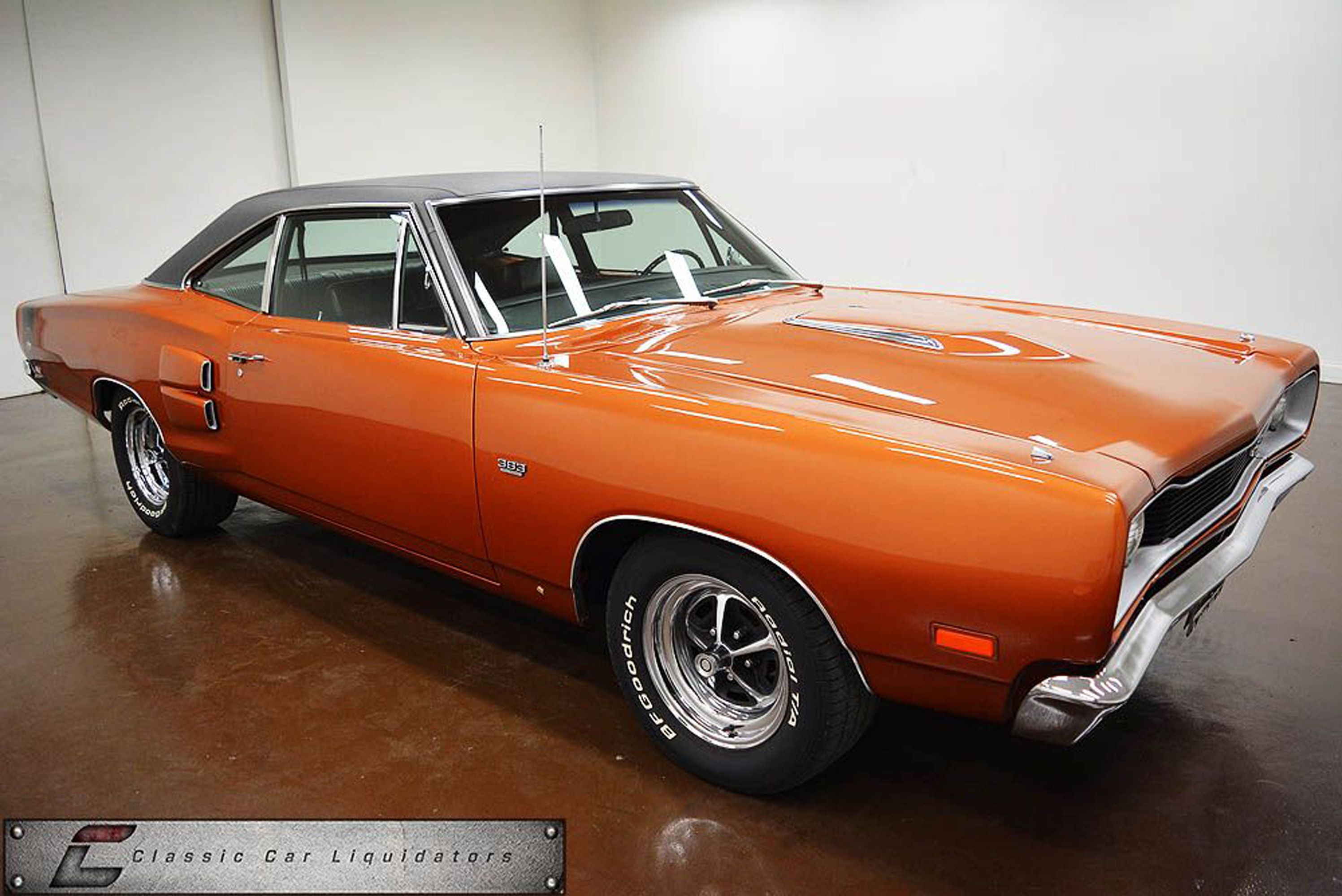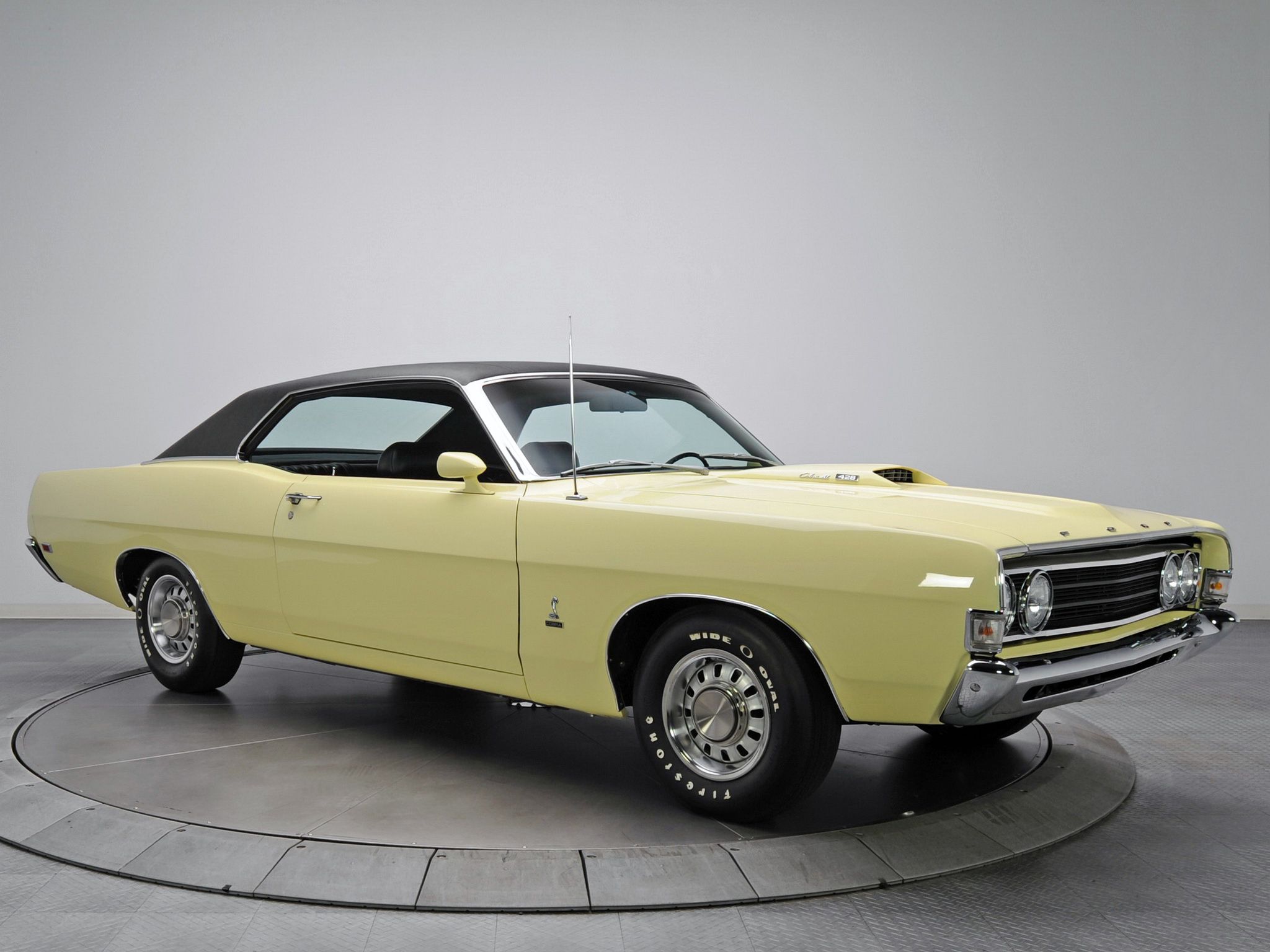The Dodge Coronet was first introduced in 1949 as one of the company's first post-war body style. Production spanned over four generations until it was discontinued in 1959. The nameplate returned in 1965 on the B-body platform, shared with the Plymouth Belvedere and Road Runner and the Dodge Charger among other Mopar vehicles. The sixth and seventh generations followed in 1971 and 1975, but the Coronet was discontinued for good in 1976. Arguably the most iconic version of the Coronet was that produced between 1968 and 1970 when the nameplate was also involved in Detroit's muscle car wars.
After three years on the market, the fifth-generation Coronet was redesigned in 1968, as was the Dodge Charger, which shared the B-body platform. The facelift brought a more aggressive design, new appearance packages, and upgraded engines. Dodge even introduced a station wagon version of the Coronet 500, but the star of the lineup was obviously the range-topping Super Bee trim. This version was produced from1968 through 1971 model years only and was Dodge's version of the successful Plymouth Road Runner.
Continue reading to learn more about the Dodge Coronet Super Bee.
1969 Dodge Coronet Super Bee
- Make: Array
- Model: 1969 Dodge Coronet Super Bee
- Engine/Motor: V8
- Horsepower: 425
- Torque: 490
- [do not use] Vehicle Model: Array
Exterior
The Super Bee was very similar to the Coronet in external appearance, but it was also almost identical to the car that inspired it, the Plymouth Road Runner. However, it had a longer wheelbase when compared to the Road Runner, as well as larger rear wheel openings, different front grille, and different taillight ornamentation. In order to set it apart from the Coronet range, the Super Bee also gained a unique stripe package (that changed for each model year), and the iconic bumblebee tail stripe. The latter was based on the Dodge "Scat Pack" Bee medallion.
The Super Bee also featured three-dimensional "Bee" medallions, which were prominently mounted in a raised position in the grille and hood area and the taillight area of the car. By comparison, the Road Runner had cheaper looking decals.
In 1969, Dodge added a conventional hard-top version to the existing pillared coupe body, as well as an optional twin-scooped air induction engine hood. This hood was called the "Ramcharger" and was introduced to counter the "Coyote Duster" hood that Plymouth introduced for the Road Runner. Other options included a vinyl top and Magnum 500 wheels.
Another redesign brought the twin-looped front bumper on the Coronet and Super Bee in 1970. This version had an even more aggressive front fascia and muscular rear haunches with almost C-shaped stripe decals. The Ramcharger hood was also redesigned for this model.
The Super Bee was available in just about any color Dodge offered at the time, including the optional High Impact palette. Flashy hues included Plum Crazy, Sublime, Green Go, Go Mango, Butter Scotch, Panther Pink, Hemi Orange, and Citron Yella. The car shown here isn't painted in a High Impact color, but it has a snazzy Copper finish.
Interior
The Coronet's interior was far from fancy. After all, the Dodge brand was about being affordable in the 1960s. And this was pretty much true for almost all muscle cars, which had to deliver impressive performance at a price that the average Joe could afford. As a result, the Super Bee's cabin was also far from fancy.
Unlike European sports cars of the era, it came with simple front seats that had no bolstering whatsoever. The dashboard design was also basic, with most dials and controls gathered in the driver's area. There was no center stack and console, while the door panel design was as simple as they get. Of course, it did have a few extras compared to the standard Coronet.
Notable features included the more upscale Charger’s gauge cluster and a Hurst Competition Plus shifter and linkage. These features alone made it a more appealing proposition to the Road Runner, which didn't even have carpet in standard trim. However, the Super Bee was a tad heavier and the extra weight came mostly from these special amenities.
Drivetrain
The Coronet Super Bee was launched with two V-8 engines in 1968. The base model came with a 6.3-liter big-block V-8 rated at 335 horsepower and 425 pound-feet of torque. The four-barrel carburetor engine was available with either a four-speed manual or three-speed Torqueflite automatic.
More power came from the 7.0-liter Hemi V-8 unit, which cranked out 425 horsepower and 490 pound-feet of twist. Using two four-barrel carburetors, this engine was the most powerful offering for the Super Bee.
In 1969, Dodge launched a third engine, in the form of a 7.2-liter V-8. Although larger than the Hemi, this big-block was less powerful at 390 horsepower and 490 pound-feet of torque. Unlike the 6.3- and 7.0-liter engines, this V-8 used three two-barrel carburetors. The same transmission options were available.
Things changed in 1971, when Dodge introduced a smaller, 5.6-liter V-8 rated at 275 horsepower for the base model. At the same time, the 6.3-liter's output was reduced to 300 horsepower. Two versions of the 7.2-liter V-8 were offered, generating 370 and 385 horsepower. Finally, the Hemi V-8 remained unchanged.
The 6.3-liter V-8 was by far the most popular engine, with more than 30,000 units sold in 1969 and 1970. By comparison, Dodge sold 1,907 7.2-liter Six Packs and 291 Hemis in these two years.
Prices
Pricing for the Dodge Super Bee started at just over $3,000. This sticker was higher than the Plymouth Road Runner, and even though the premium car came with higher-quality accessories, it had a negative effect on sales. So, while the Road Runner was a big hit, the Coronet Super Bee wasn't even close. For instance, Road Runner sales topped almost 84,500 units in 1969, Super Bee sales barely hit 27,800 the same year. Granted, it was a significant increase from 1968's 7,900 units, but 1970 saw only 15,506 examples leave showrooms. In 1971 they dropped to only 5,054 units.
Competition
Plymouth Road Runner
Technically the first mid-size muscle car with an affordable price tag, the Road Runner was the Super Bee's only rival in 1968. Slightly shorter, the Road Runner was also lighter than the Super Bee. On the other hand, it didn't have Dodge's fancier interior features. Drivetrain-wise, it was offered with the exact same engines. Specifically, there was a 6.3-liter V-8 rated at 335 horsepower, a 7.2-liter V-8 with 390 horses, and the 7.0-liter Hemi V-8 with 425 horsepower. A bit more affordable than the Super Bee, the Road Runner was also far more successful. Production of the Road Runner lasted from 1968 until 1975, but the name remained in use on a compact model between 1976 and 1980. At launch, pricing was set at $2,900.
Read our full review on the Plymouth Road Runner.
Ford Fairlane Cobra
Based on the already successful Fairlane, the Cobra was introduced in 1969 as an answer to both the Plymouth Road Runner and Dodge Coronet Super Bee. Just like its competitors, the Cobra package included various extras, but Ford opted not to use a stripe package. The Cobra did receive a hood scoop, while options included bucket seats, tachometer, power disc brakes, and 4.30:1 rear axle gearing. The standard engine was a 7.0-liter V-8 rated at 335 horsepower and no other options were available. Pricing was set at $3,250, which made the Cobra significantly more expensive than the Road Runner and Super Bee, priced at $2,900 and $3,000, respectively.
Chevrolet Chevelle
Introduced in 1963, the Chevrolet Chevelle was redesigned just in time for the 1968 model year. Although there was no specific competitor for the Road Runner in 1968, the Chevelle did have a potent, 325-horsepower version of Chevy's 5.4-liter V-8. In 1969, the firm began offering the SS (Super Sport), which had a larger, 6.5-liter V-8, also rated at 325 horsepower. Bigger engines were introduced later on, including the 7.4-liter big-block in the SS454 LS6 model, which generated an incredible 450 horsepower. Styling-wise, the Chevelle was a more organic proposition, especially when compared to the boxy Road Runner and Super Bee. The Chevelle went on to live until 1978, but as most muscle cars, the 1973 oil crisis put an end to its high-output engines.
Read our full review on the Chevrolet Chevelle.
Conclusion
While not as infamous as the Charger and Challenger, the Coronet Super Bee has a well-deserved place in the muscle car hall of fame. The Super Bee's value has gone up significantly in recent decades, with well-maintained, low-mileage examples fetching more than $60,000 at public auctions. That's less than equivalent Chargers and Challengers with high-output engines, which makes the Super Bee a somewhat affordable collectible.

